The Santa Fe Trail started in Independence, MO, and continued to Santa Fe, NM, running through the entire state of Kansas. It was a primary trade route used by Native Americans, Americans (settlers and military), and the Spanish from 1821 to 1880.
The museum and library have 35,000 artifacts of the Santa Fe era and early Pawnee County through the early 1900s. There are exhibits in the museum and various buildings to be seen on the grounds of the center.
When Coronado, Spanish explorer, came to North America in 1541, 30 to 60 million bison roamed the plains. By the 1880s they were virtually wiped out by the settlers and buffalo hunters. The cone-shaped grass lodge was home to the Wichita Indians, a semi-sedentary tribe.
Feathered headdresses were worn only by the Plains Indians. An artillery soldier's uniform and plumed hat is an infantry dress helmet.
A conestoga wagon used on the trail by settlers; and, a US Army escort wagon.
The Atchinson Topeka and Santa Fe Railroad did not end the trail, it just changed the
mode of transportation. Here is an exhibit of a typical railroad station.
Exhibits of furnished rooms with period pieces including kitchen and apple press.
Jail: I think every museum we visit in this part of the country has one of these. They're always a little fascinating...not sure why. I guess it is the human fascination with the macabre!
This is one of the craziest things I have seen in a museum like this. It is an electro-shock therapy machine! I wonder what the prognosis was for patients.
The outside exhibits started with a "real" mud house. It was amazing cooler inside (the outside temp was about 94 degrees F!
The Johnson Street Escue Chapel, built in 1906 and held its last service in 2003. The structure was relocated to the Santa Fe Trail Center in 2005.
Frizzell Train Station, typical of the small town stops along the Atchinson, Topeka and Santa Fe Railroad.
Smokehouse: Meats were smoked to preserve food before refrigeration. They were wrapped in paper or cloth and then stored until needed. Dense meats were smoked for weeks. Also shown is the interior of a limestone cooling house (c 1880). A windmill was used to pump cool water from the ground into the tank.
The L'Dora, one-room school house (built in 1904) was in operation until the 1960s, The actor, Milburn Stone (of TV series, "Gunsmoke," fame), attended this school. It was moved to here in 1975.
There are two additional buildings to visit. The first is the Dale and Melba Woods Automobile Museum and the second houses agricultural vehicles.
The last structure at the center was a dug out house. The typical Kansas homesteader made his home of sod or dug a hole in the side of ravine, creating basically a square-shaped cave. Dugout homes were usually temporary until a more permanent structure could be built.
We impressed with the extent of the collection here. The buildings that have been relocated to the site were very interesting, particularly the sod and dugout homes. They provide a real sense of what frontier life might have been like (very difficult!) Admission was $4/adult (a bargain for sure). There is a gift shop near the lobby as well. We are enjoying learning about the history of this part of our country. Neither of us had visited Kansas in the past.
Website: www.santafetrailcenter.org
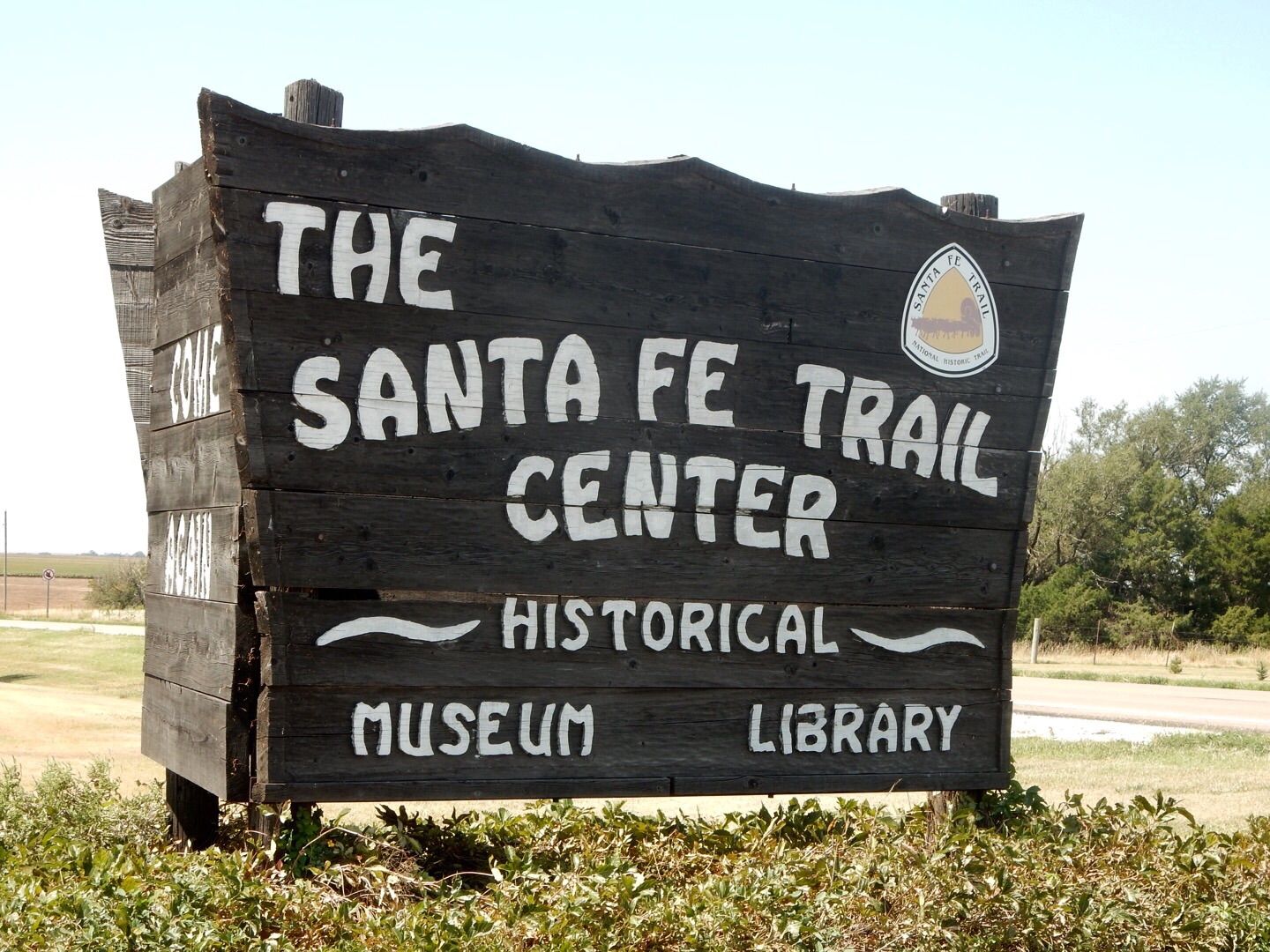

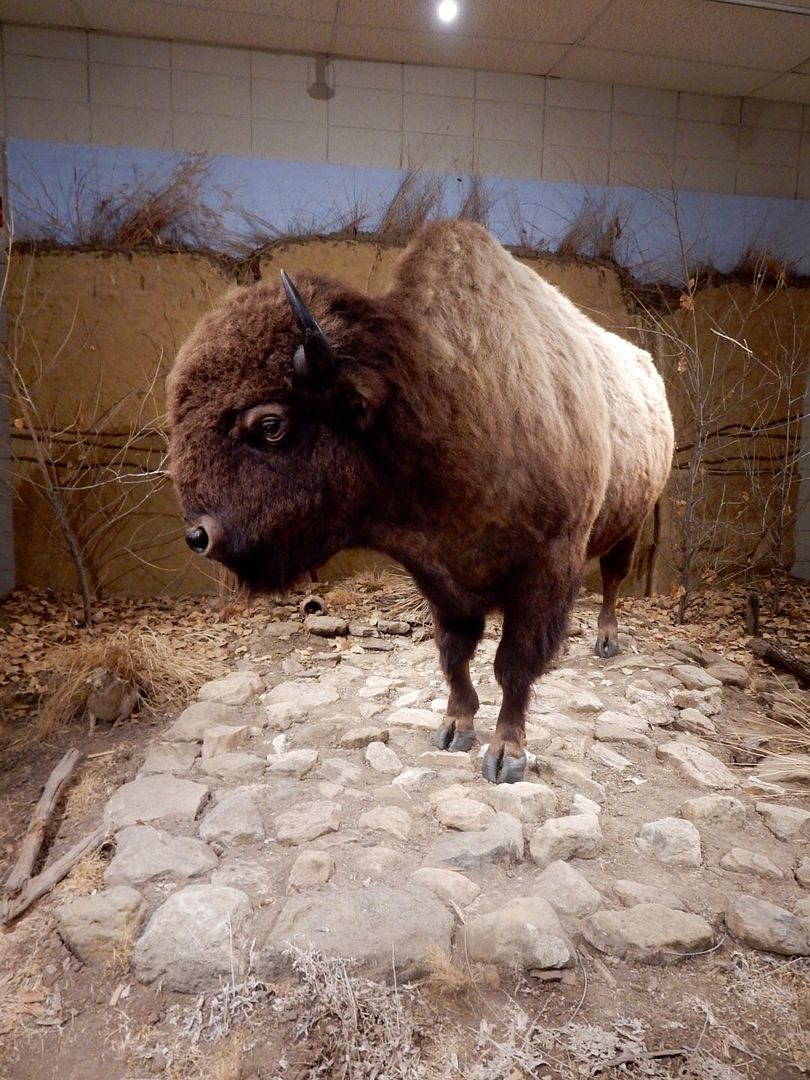
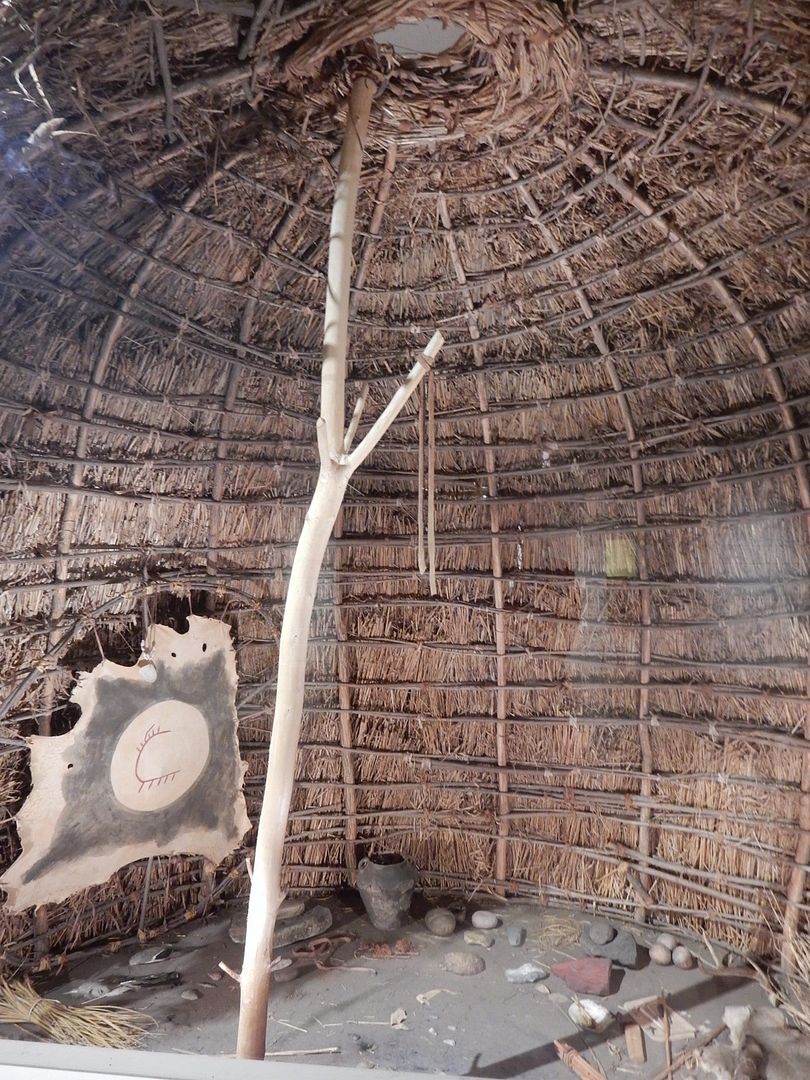
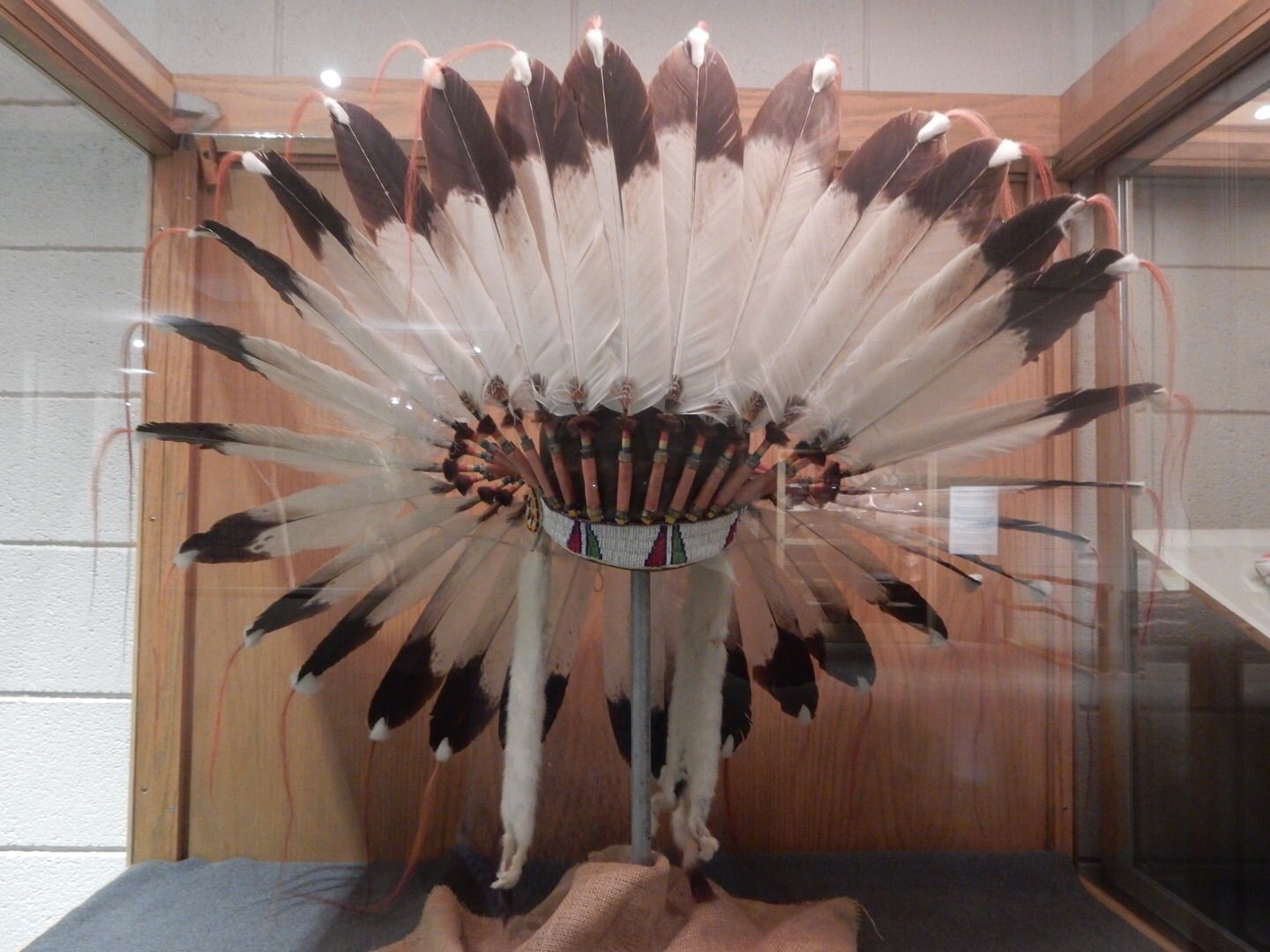
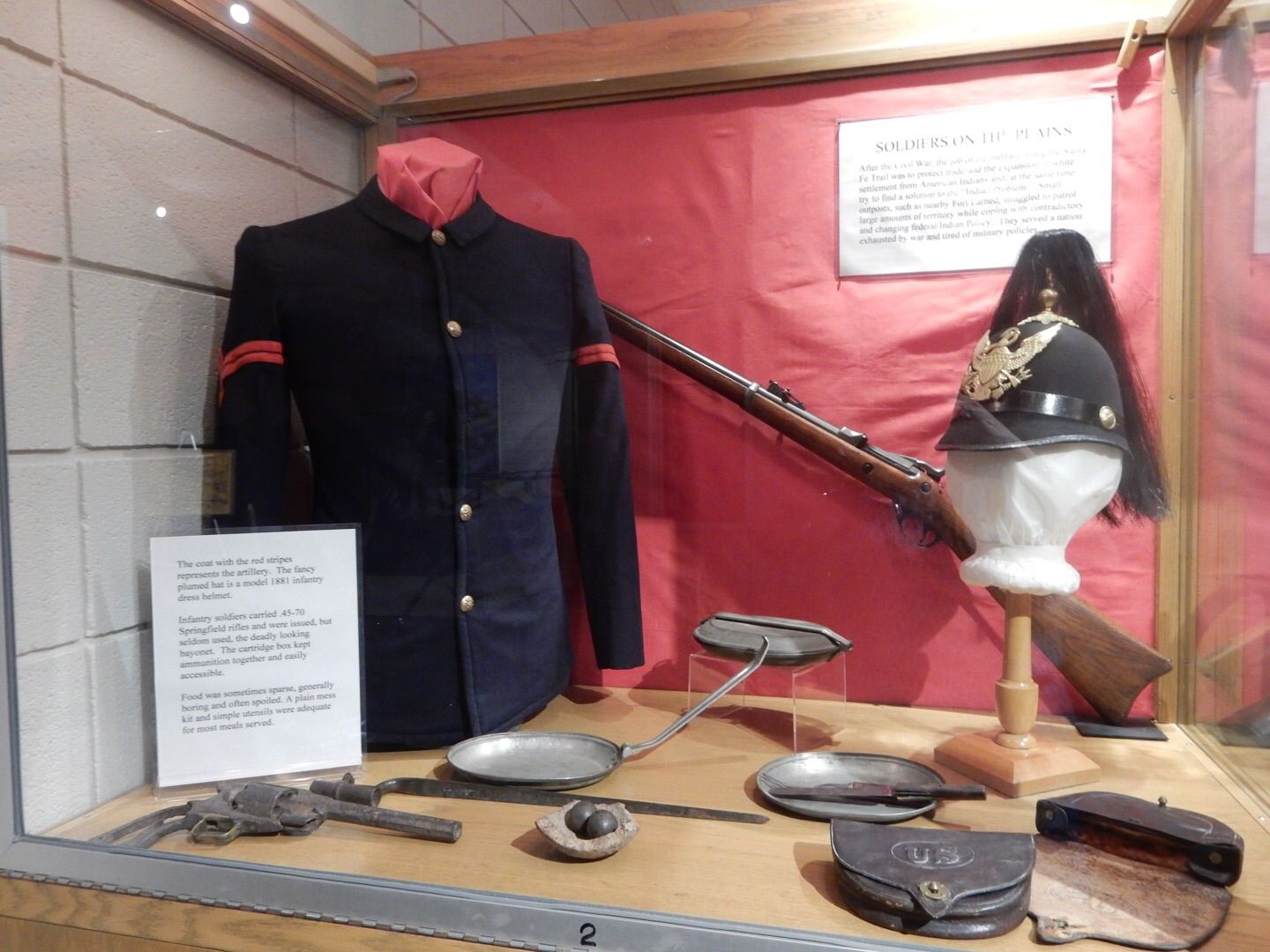
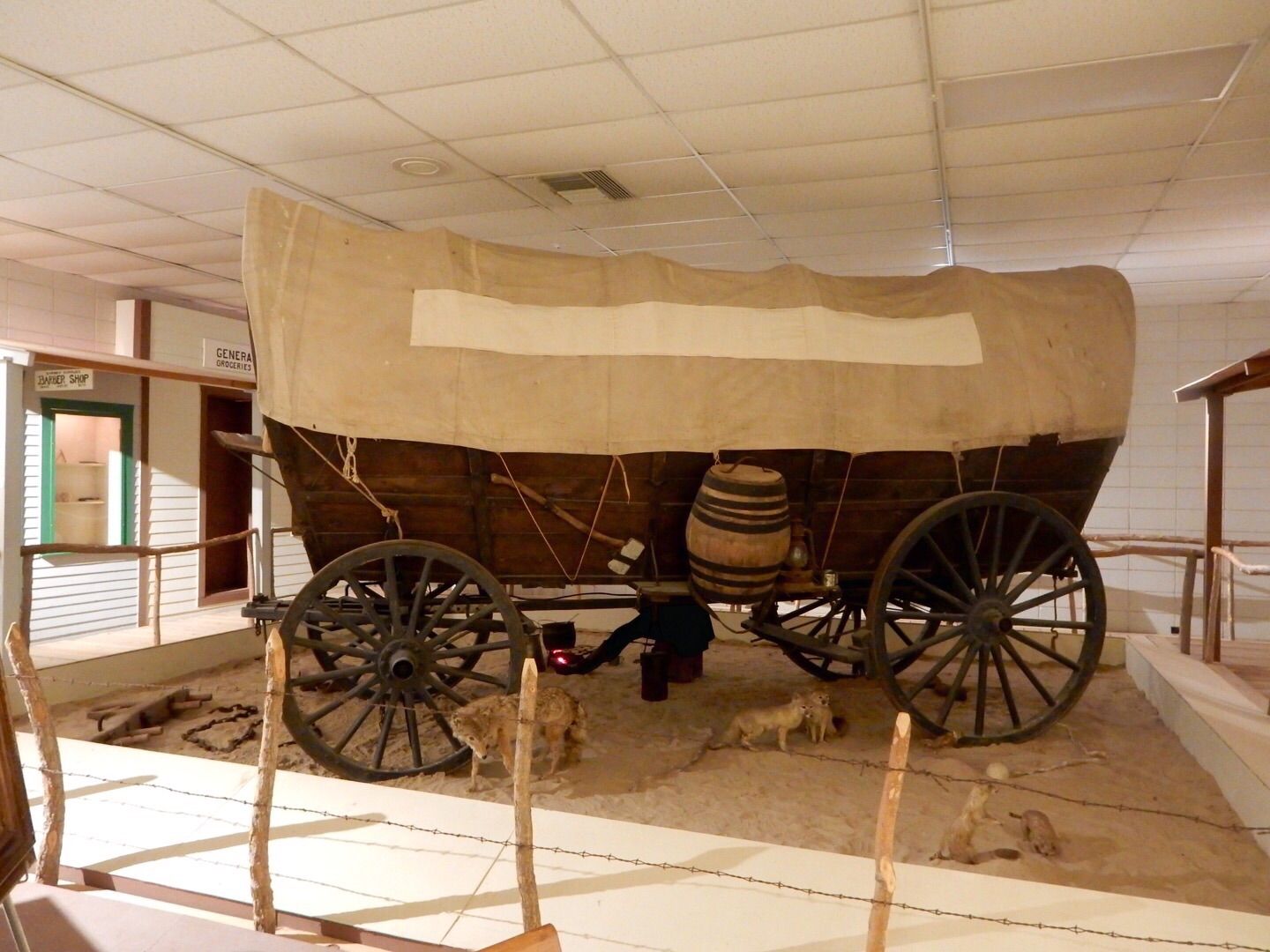
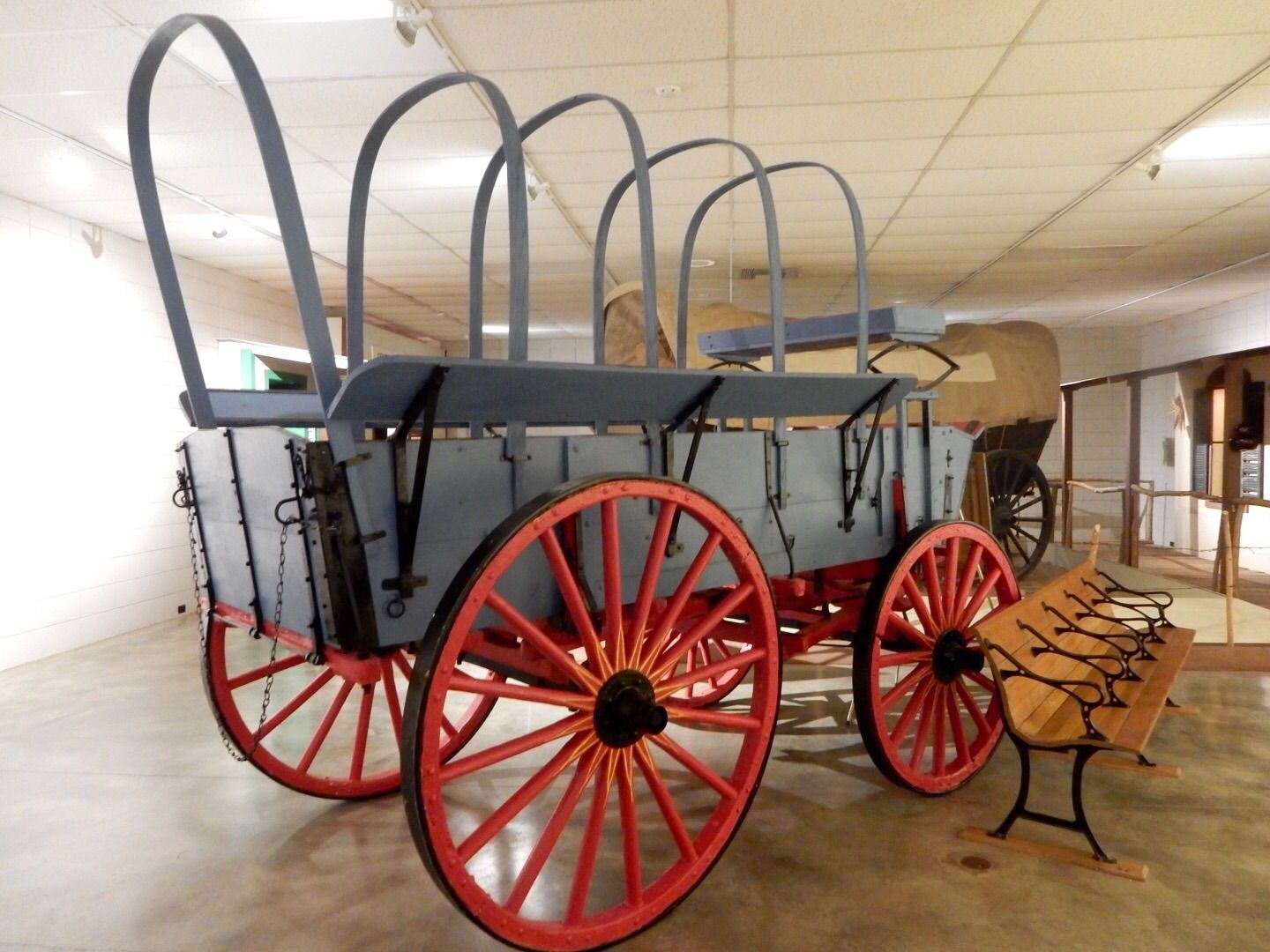
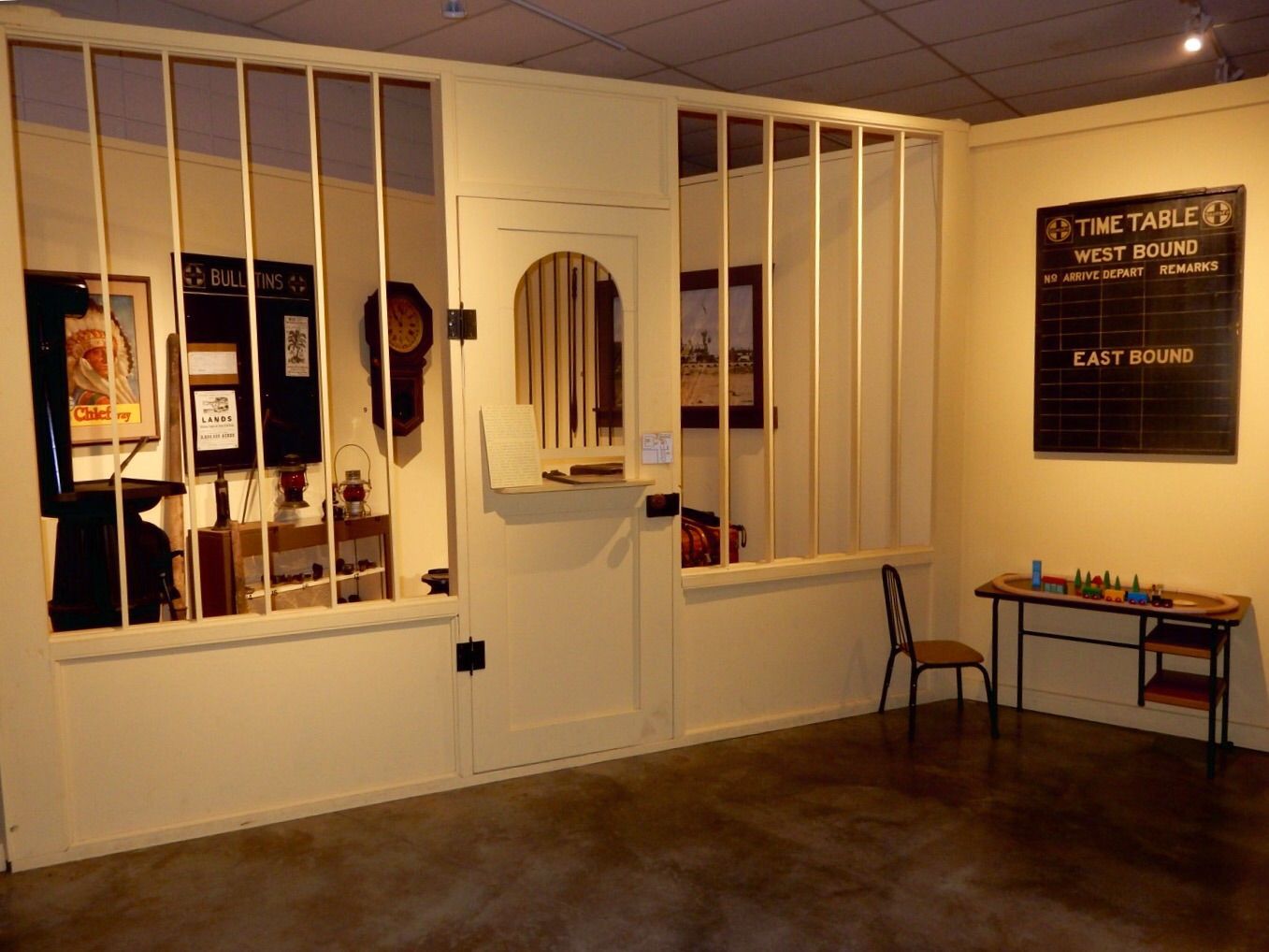
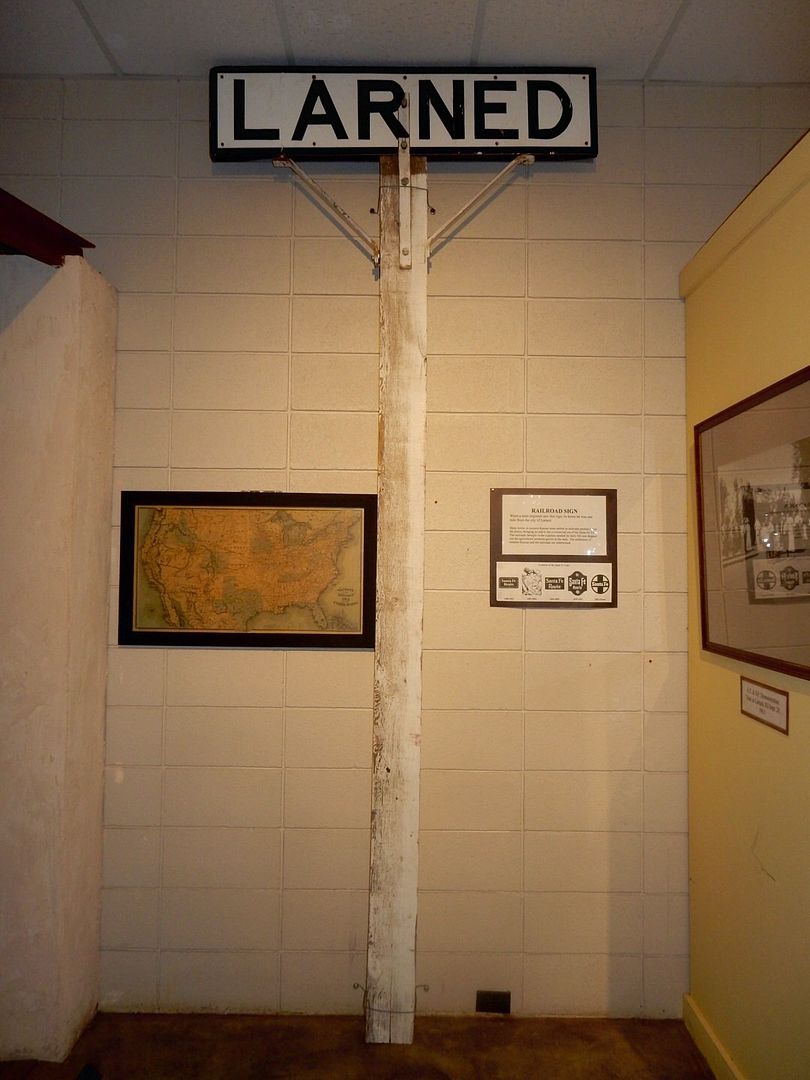
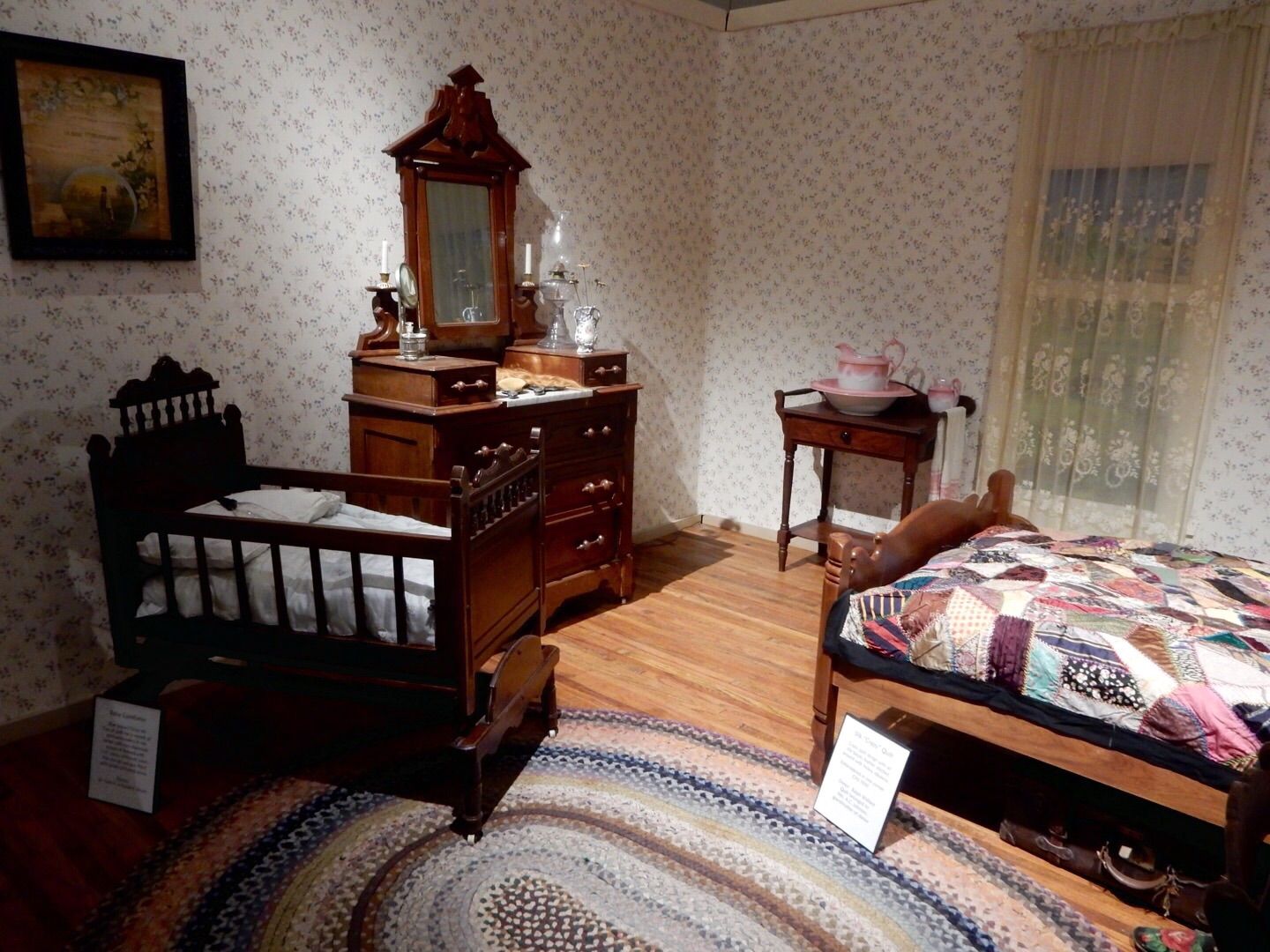
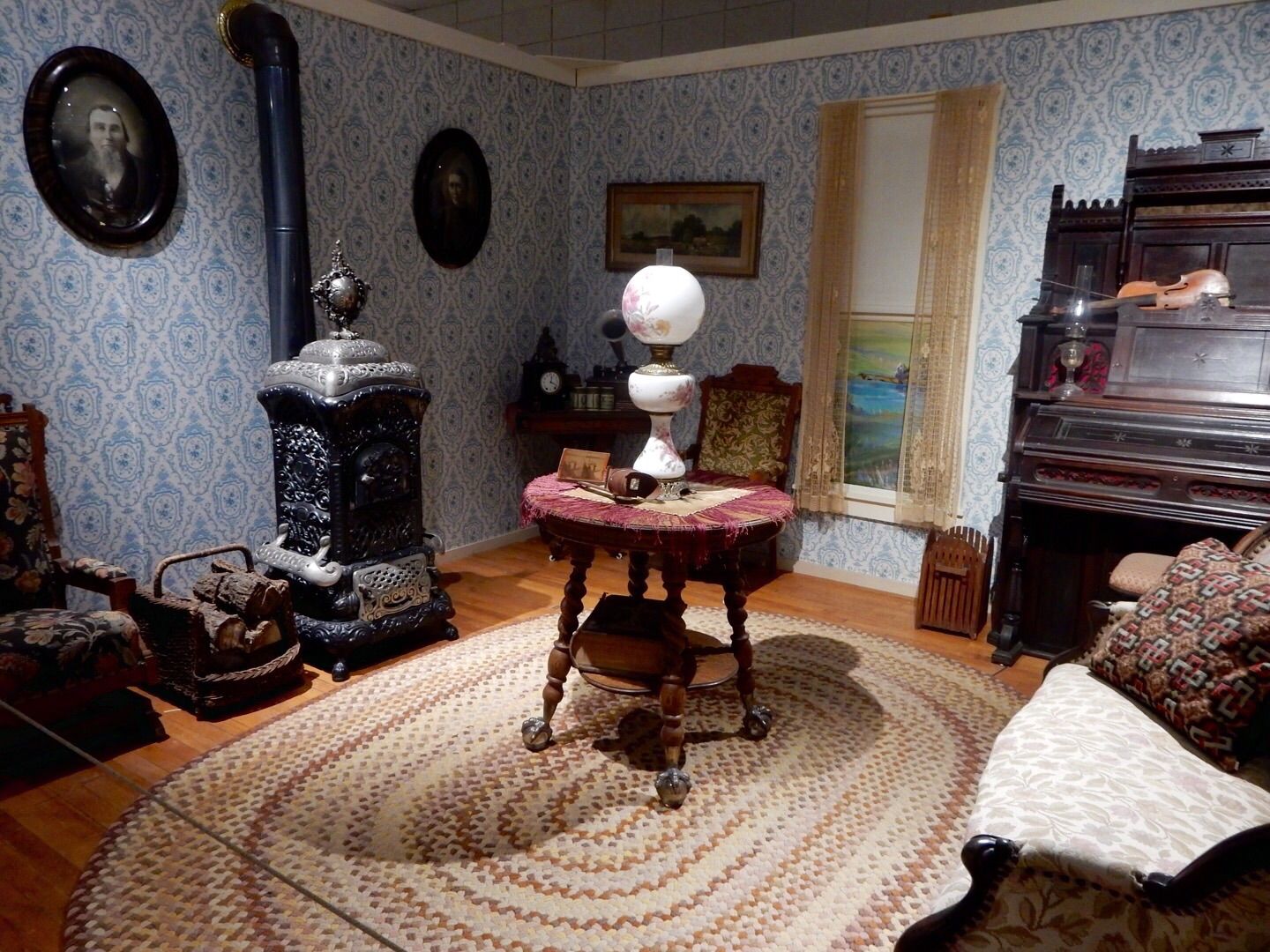

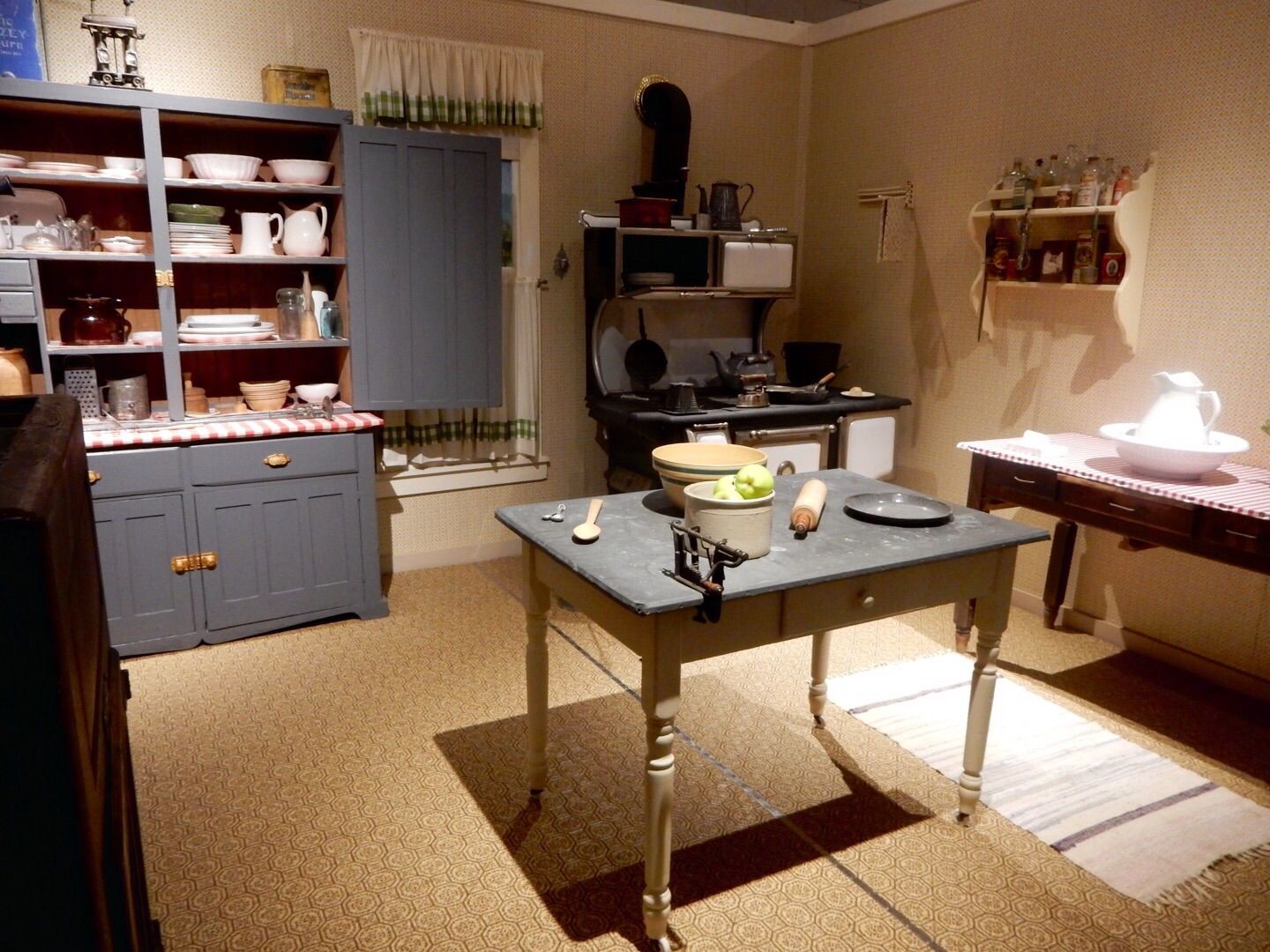
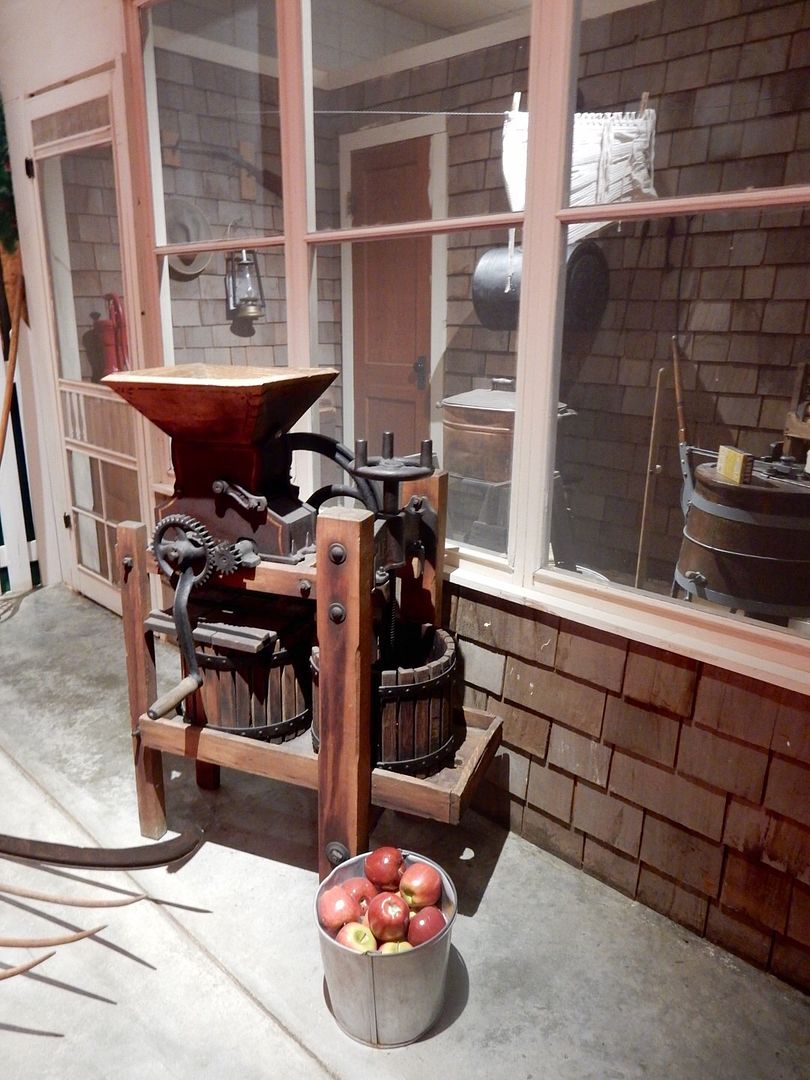
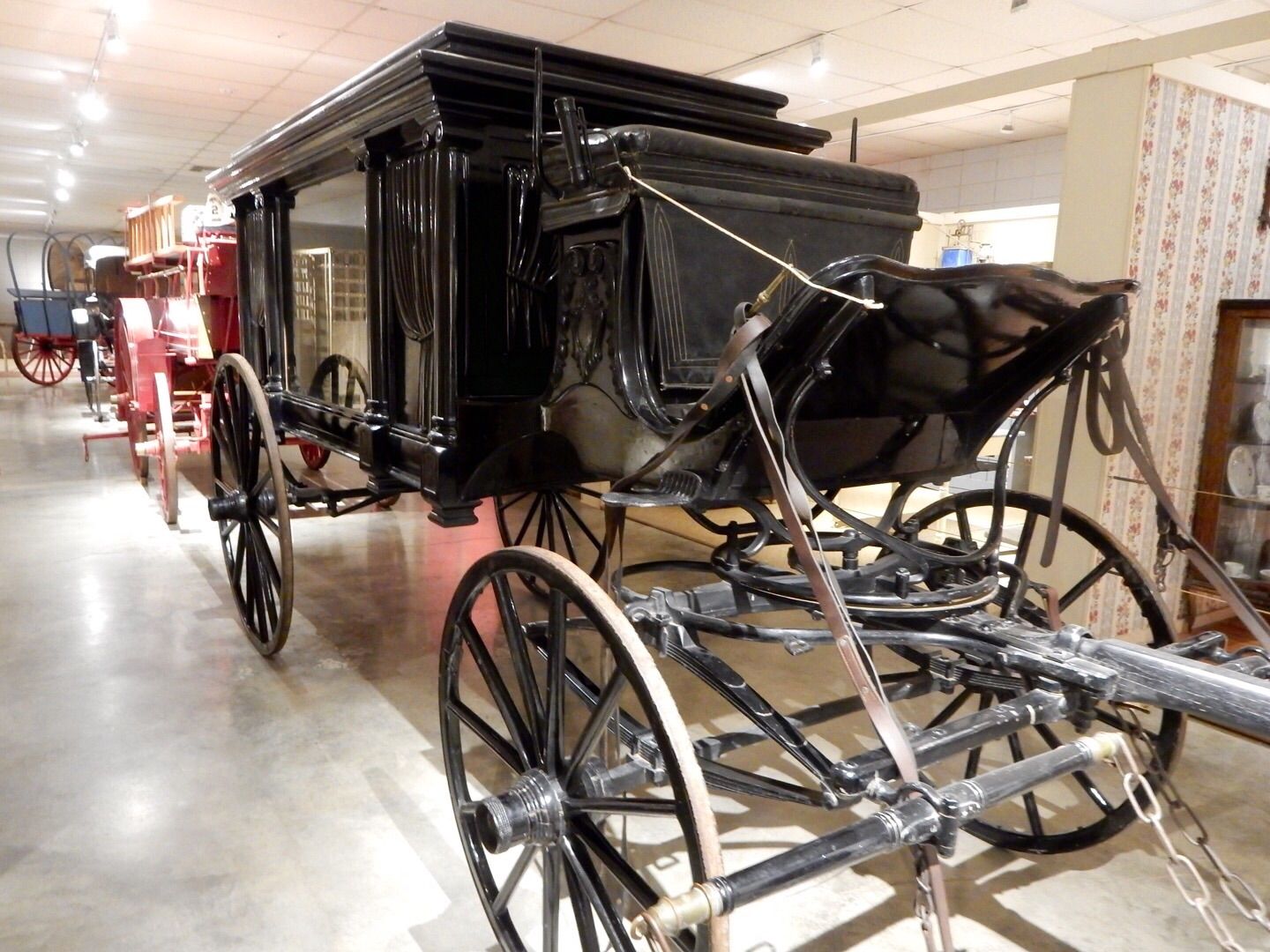
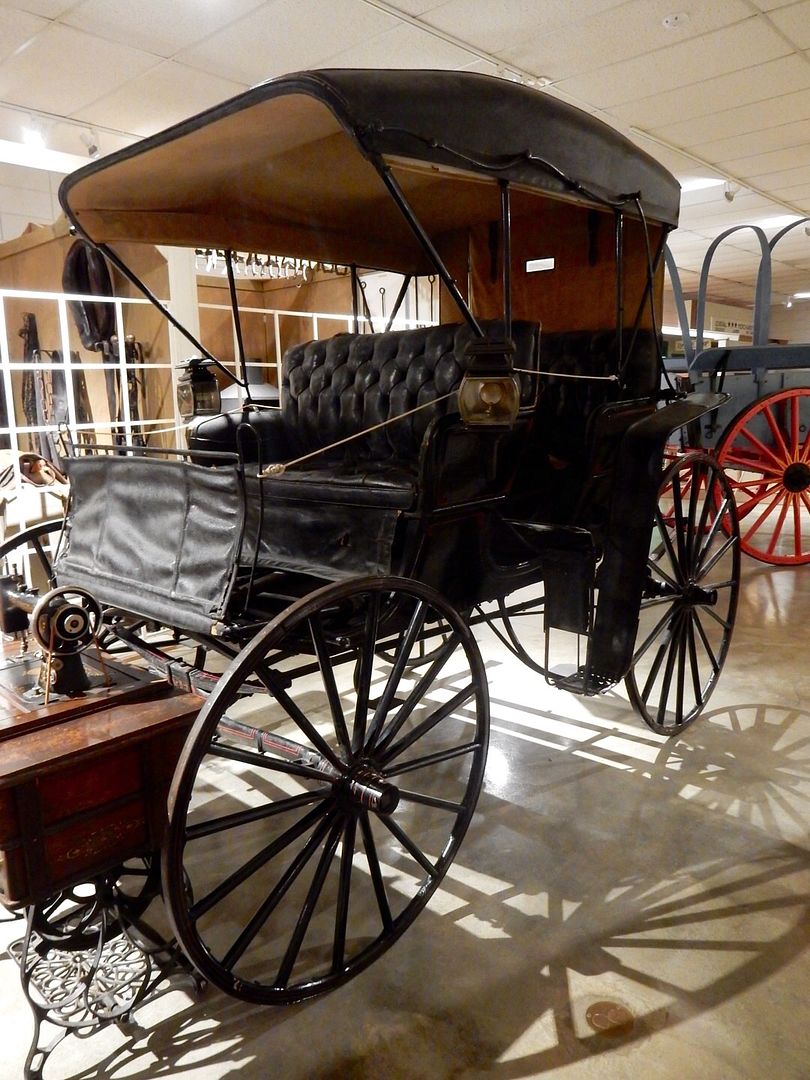

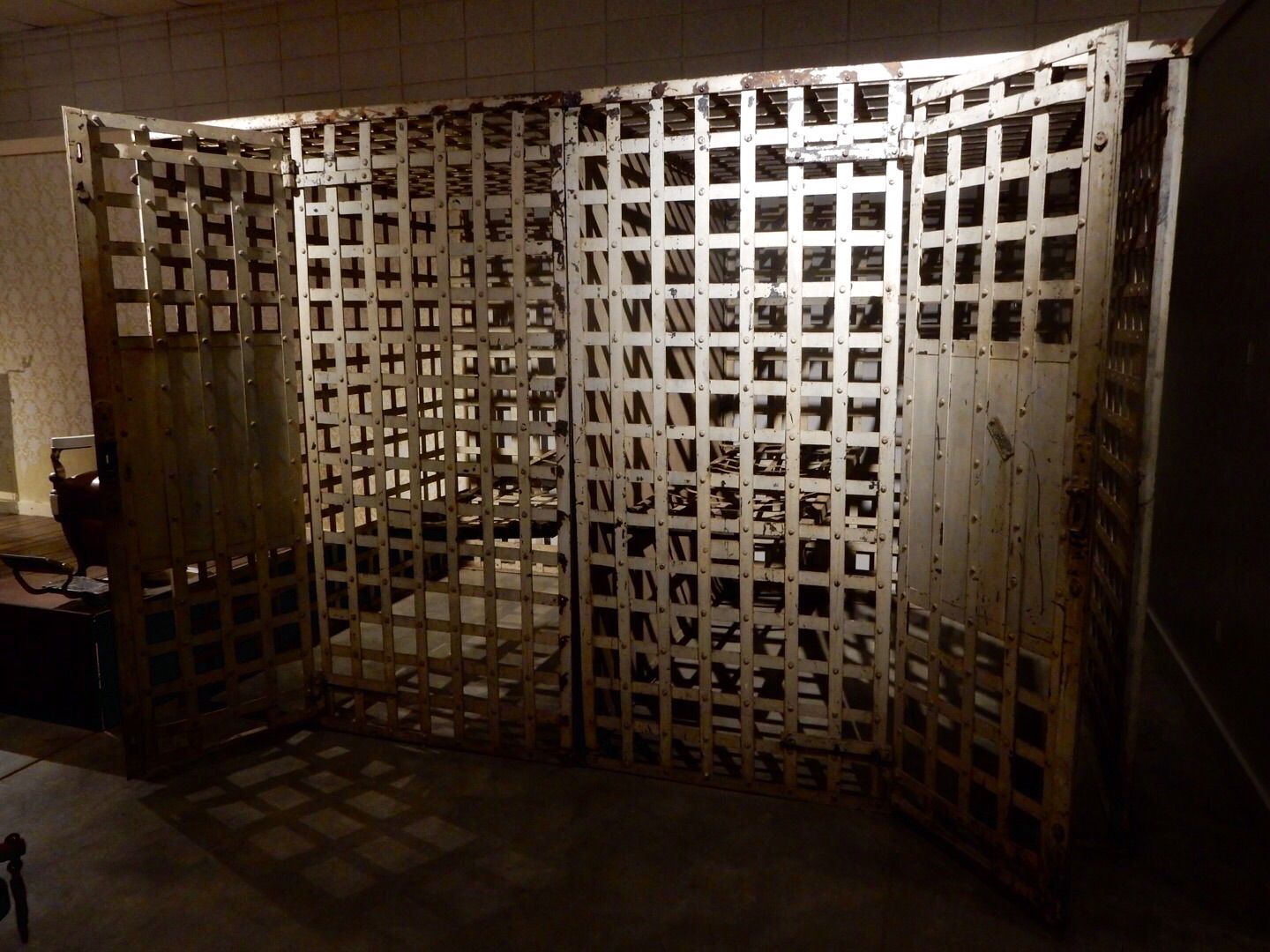
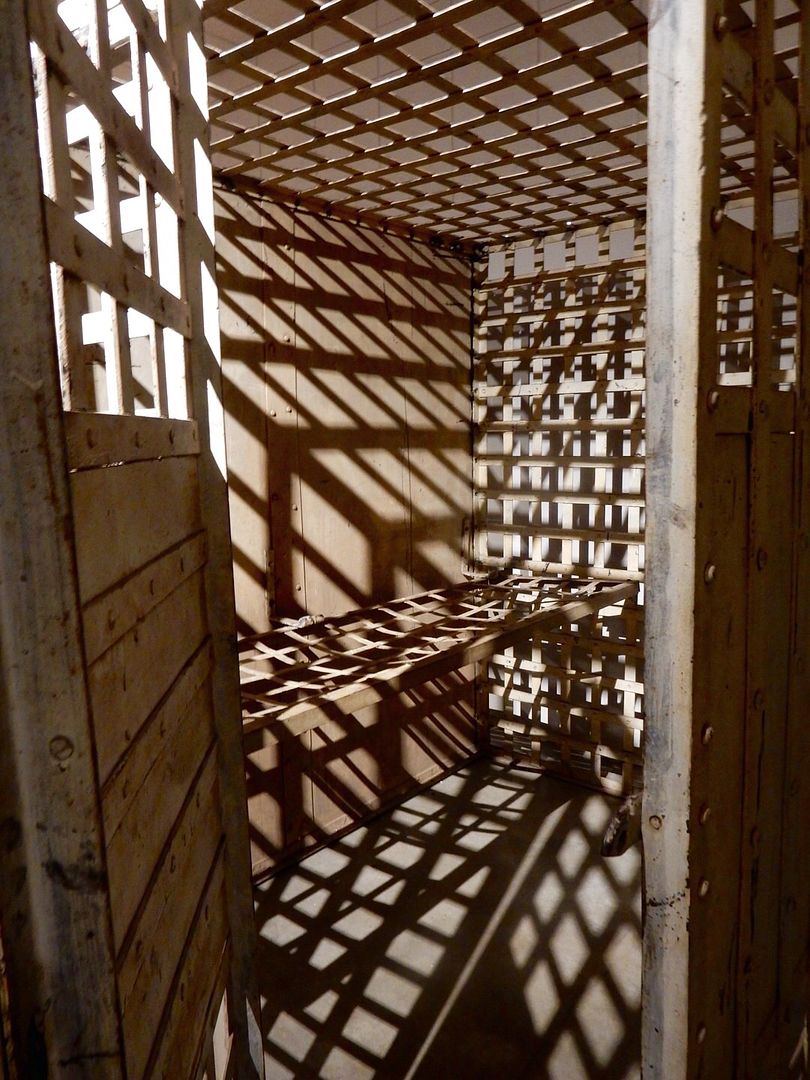
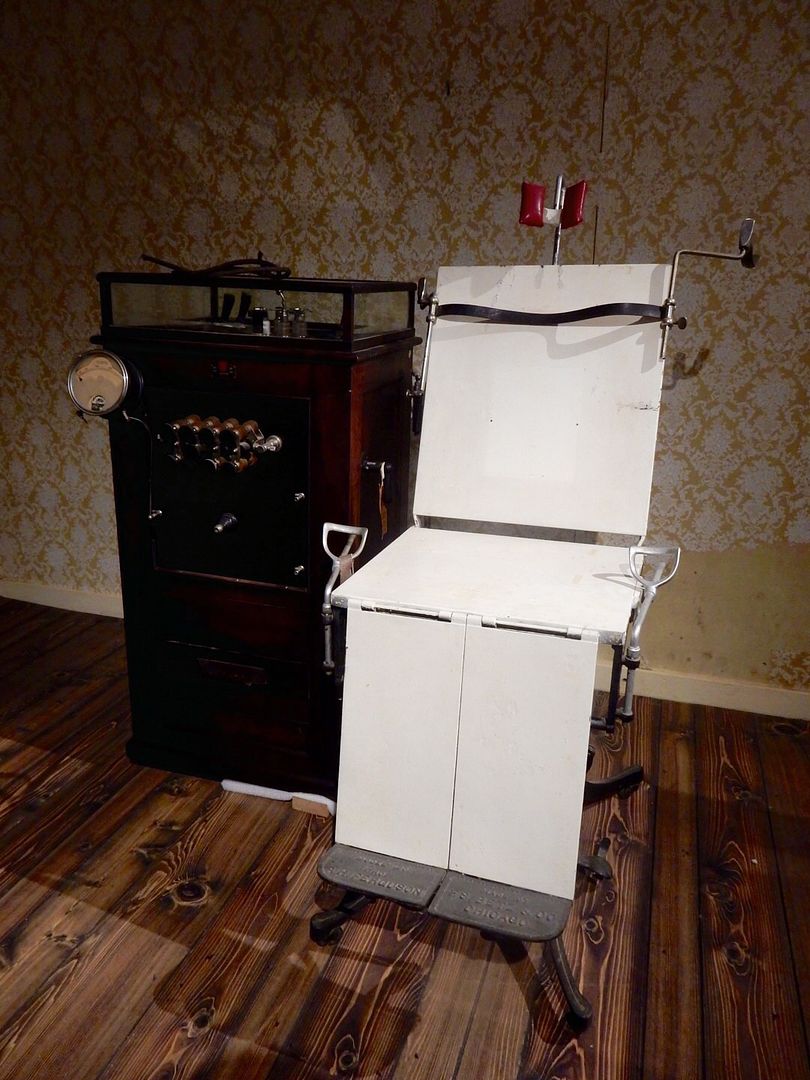
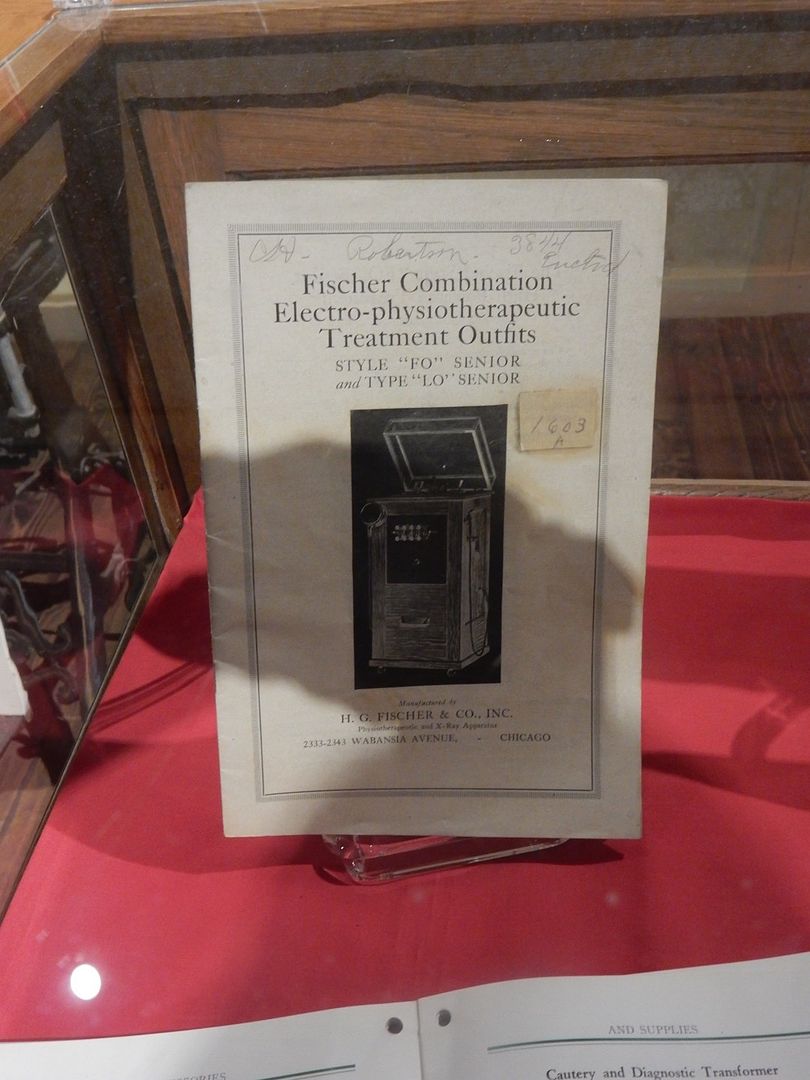



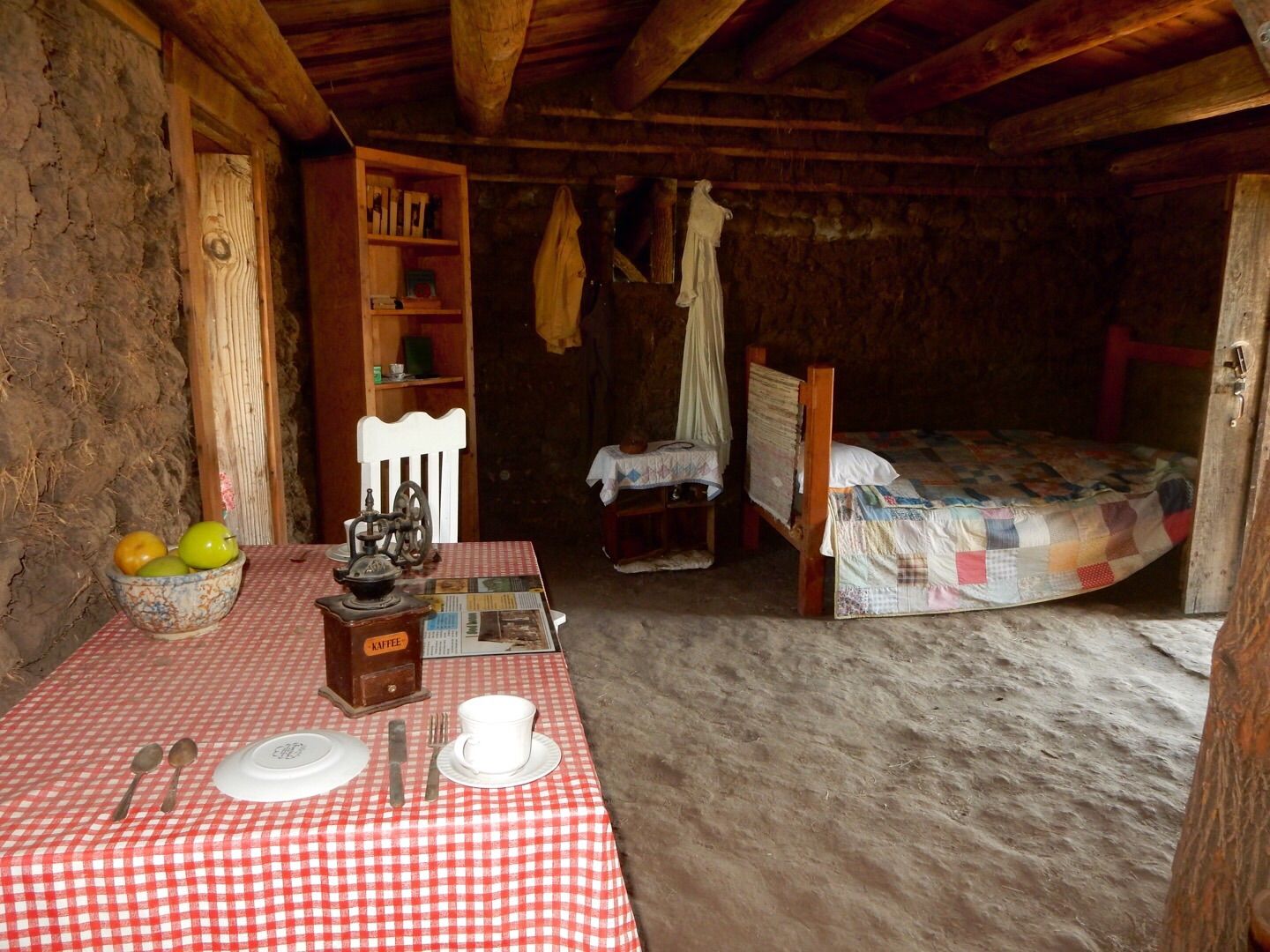
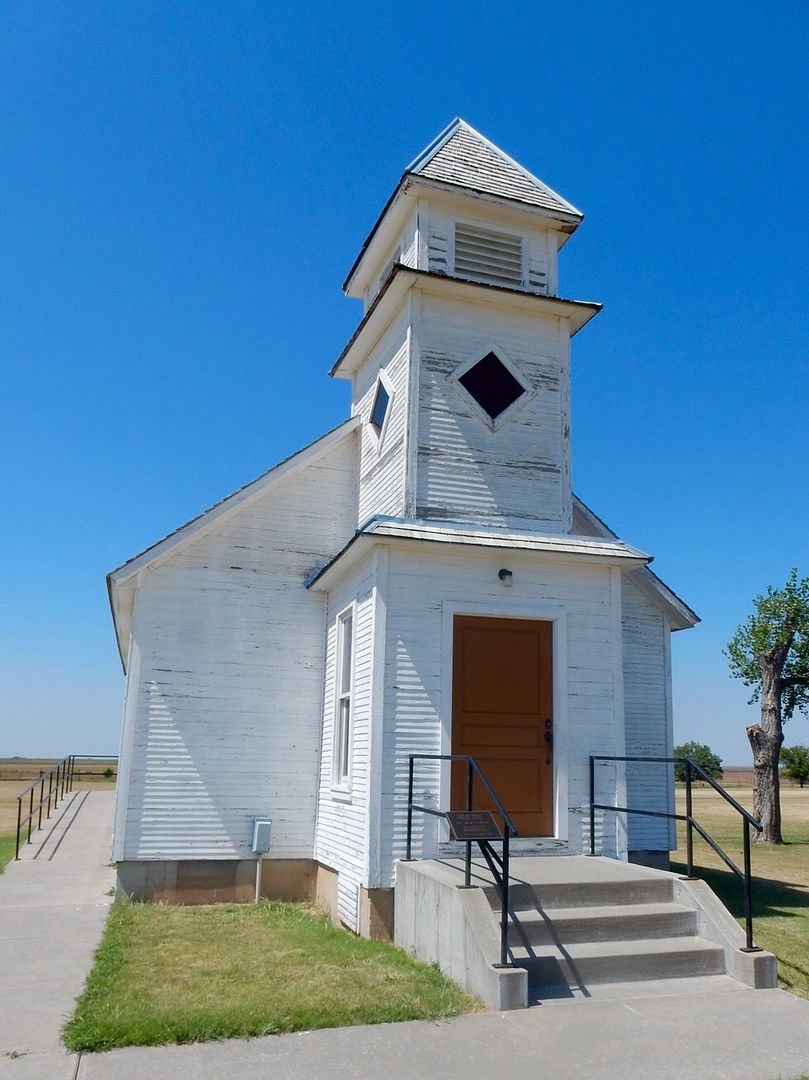

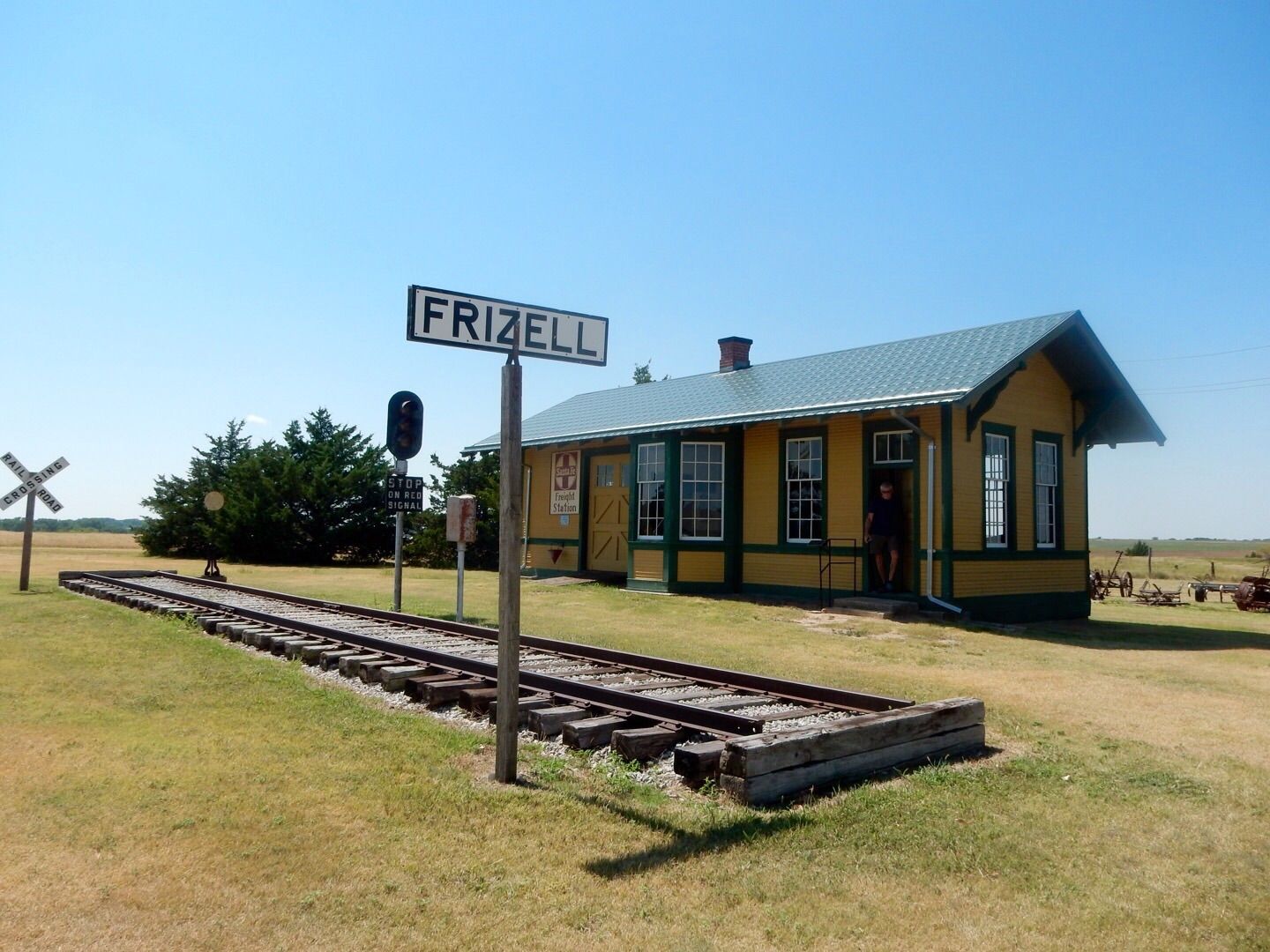
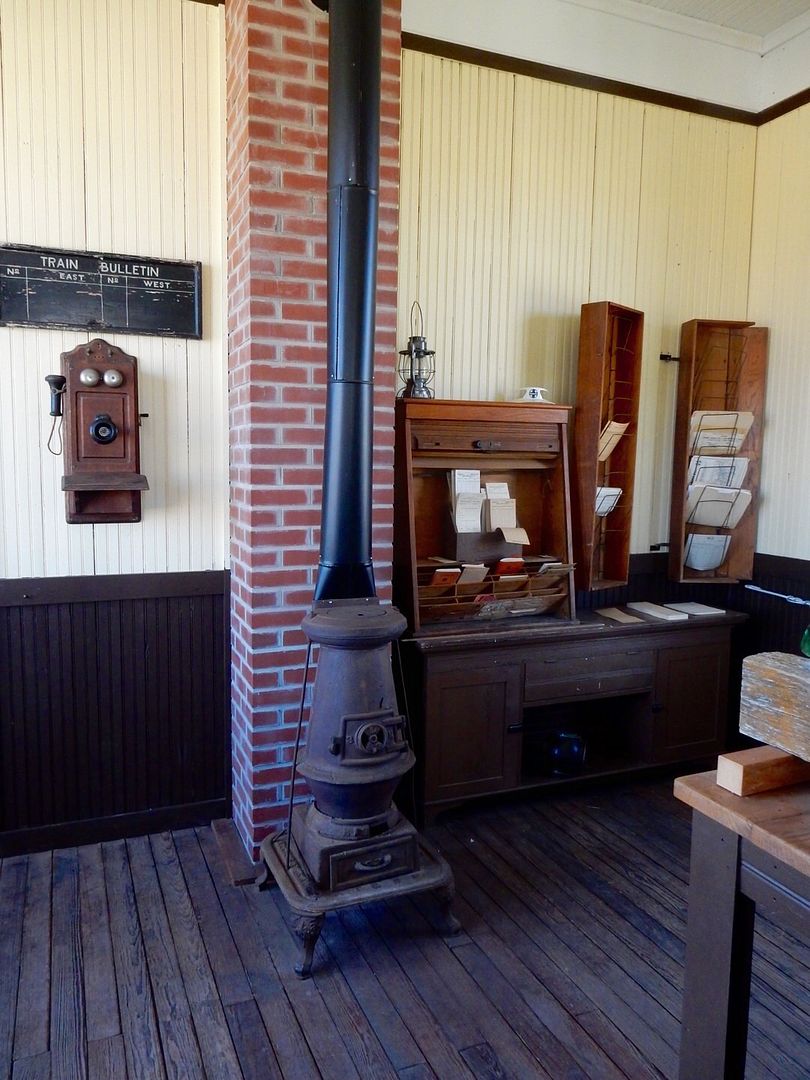
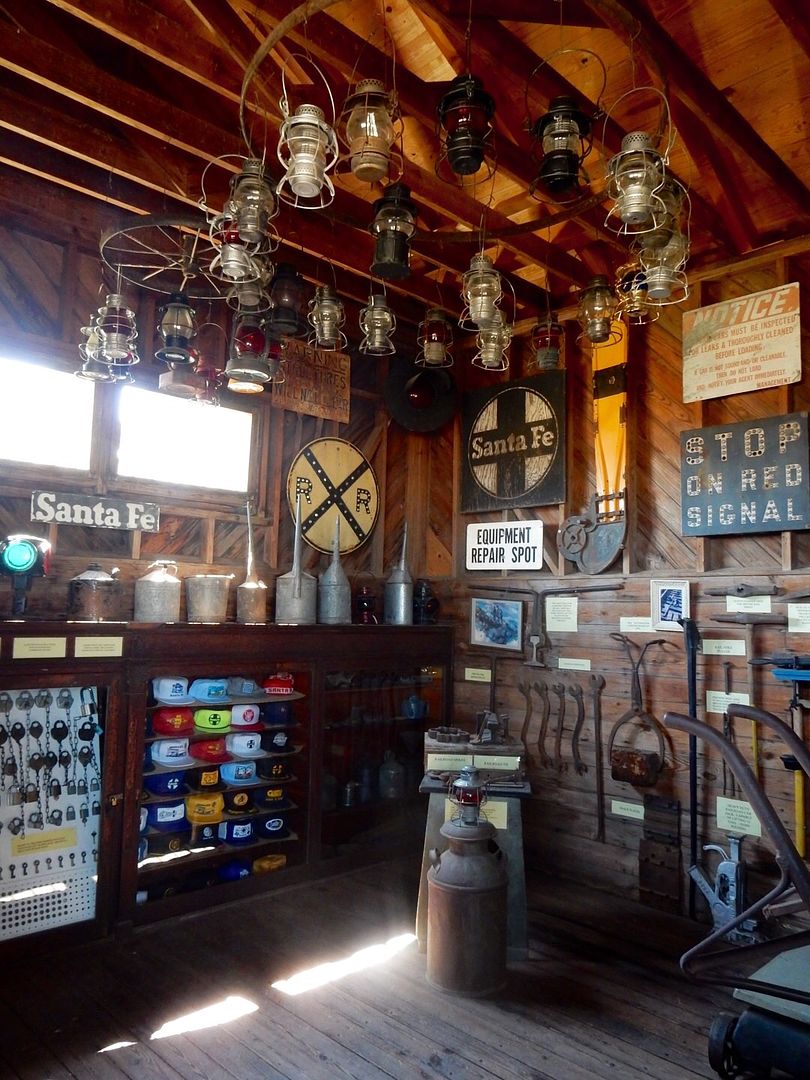
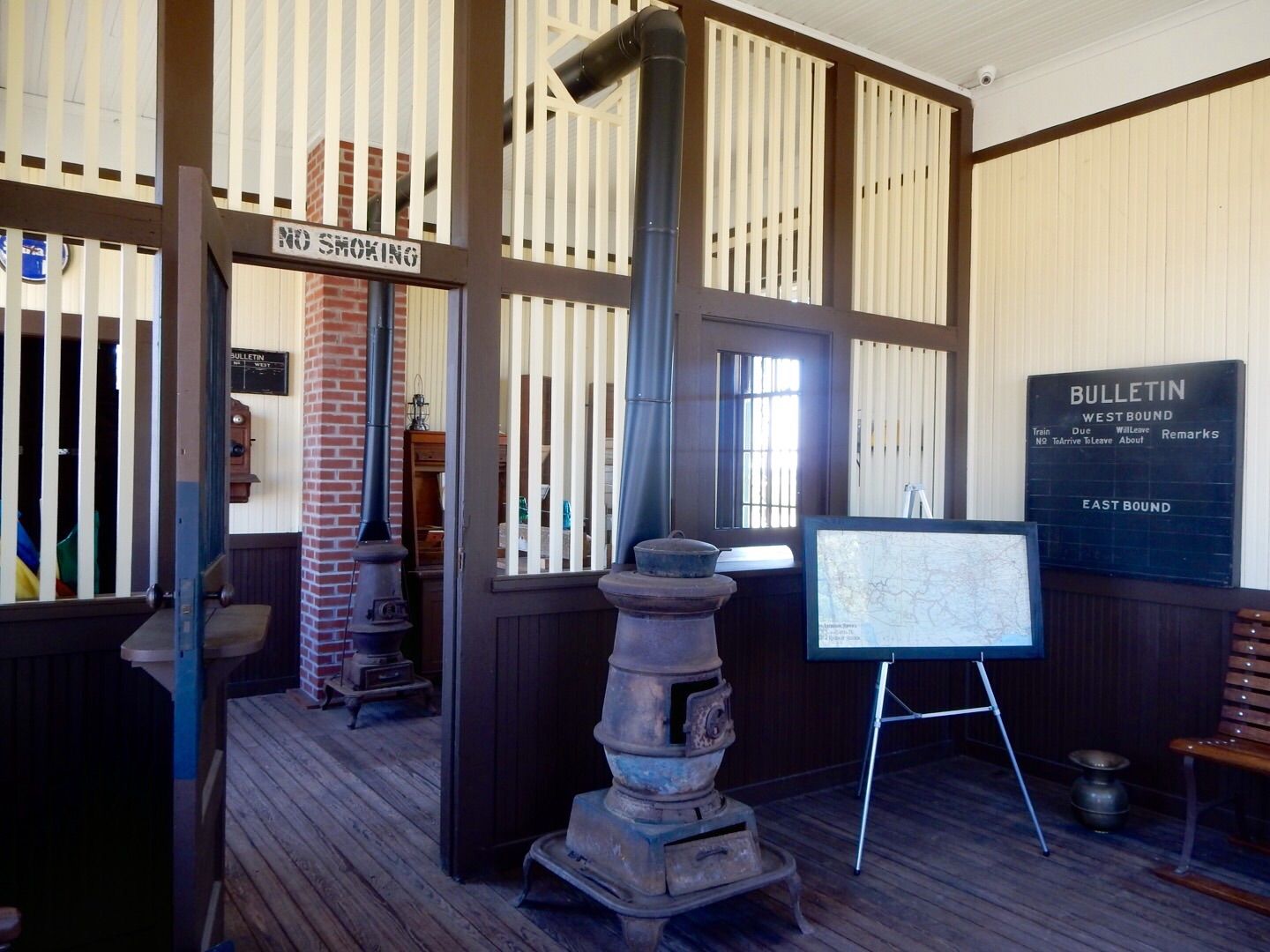
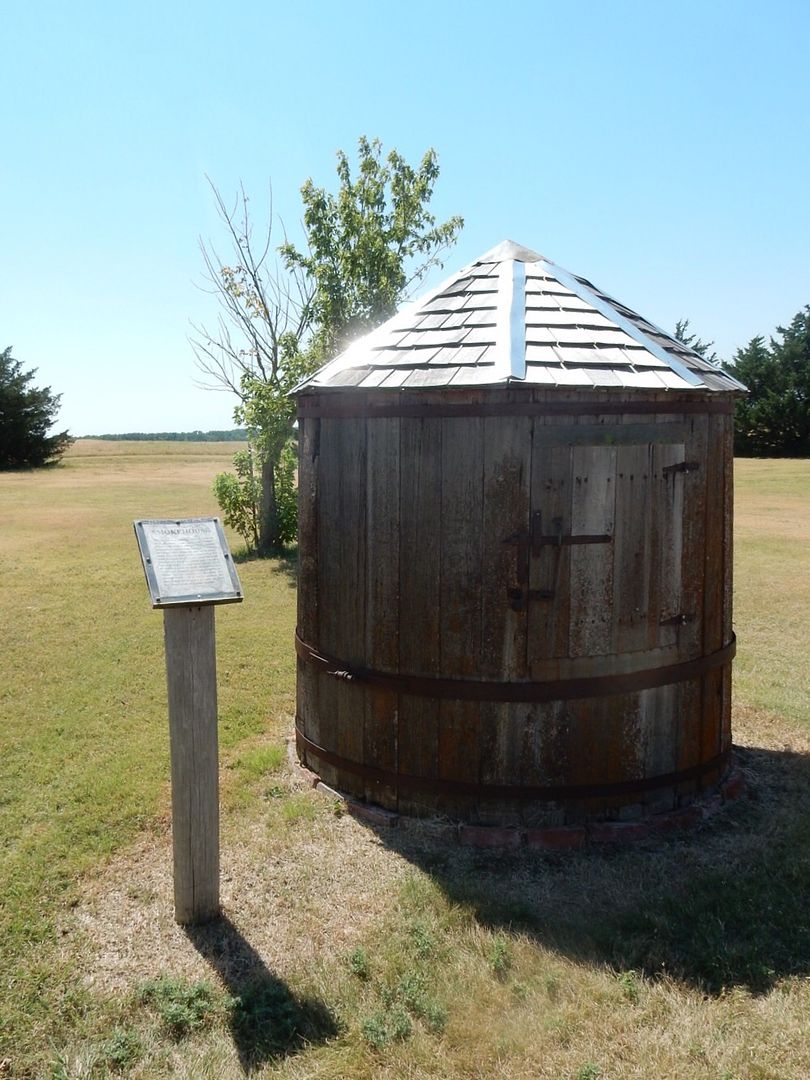




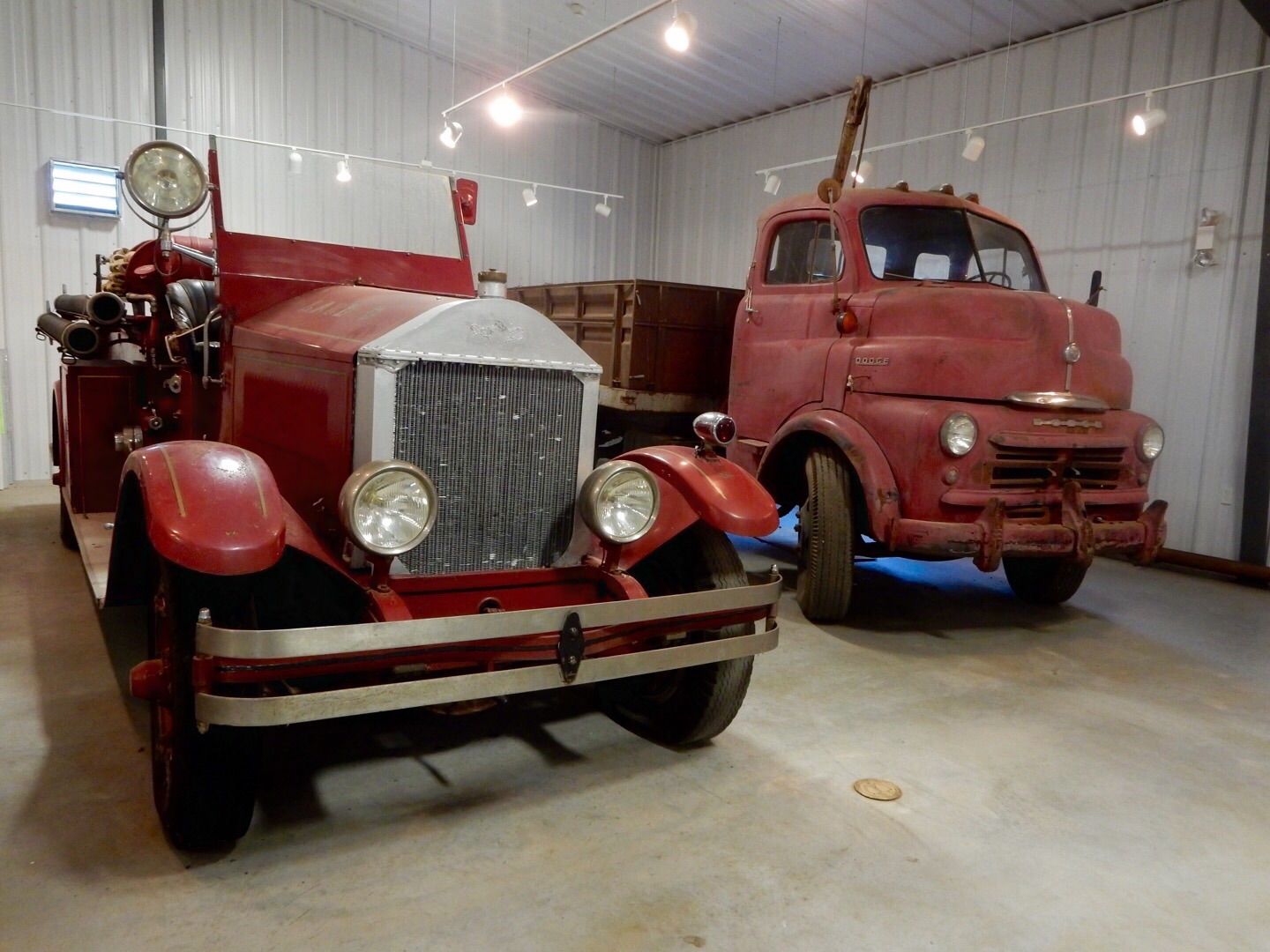
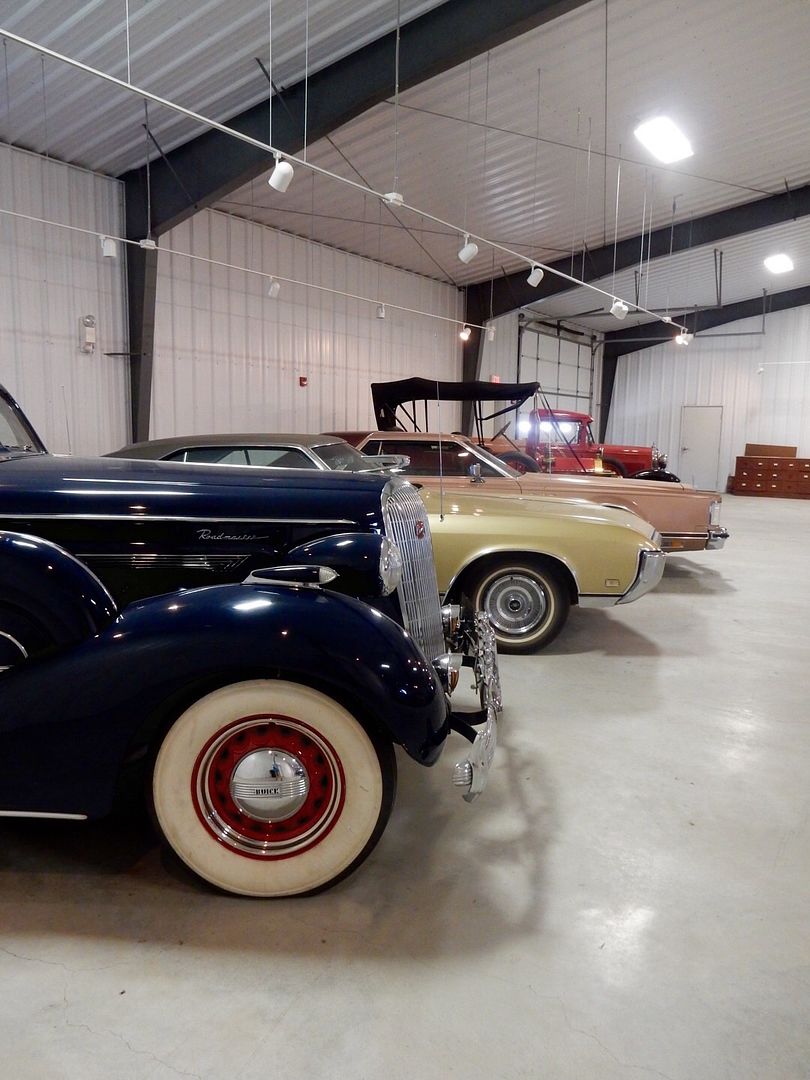
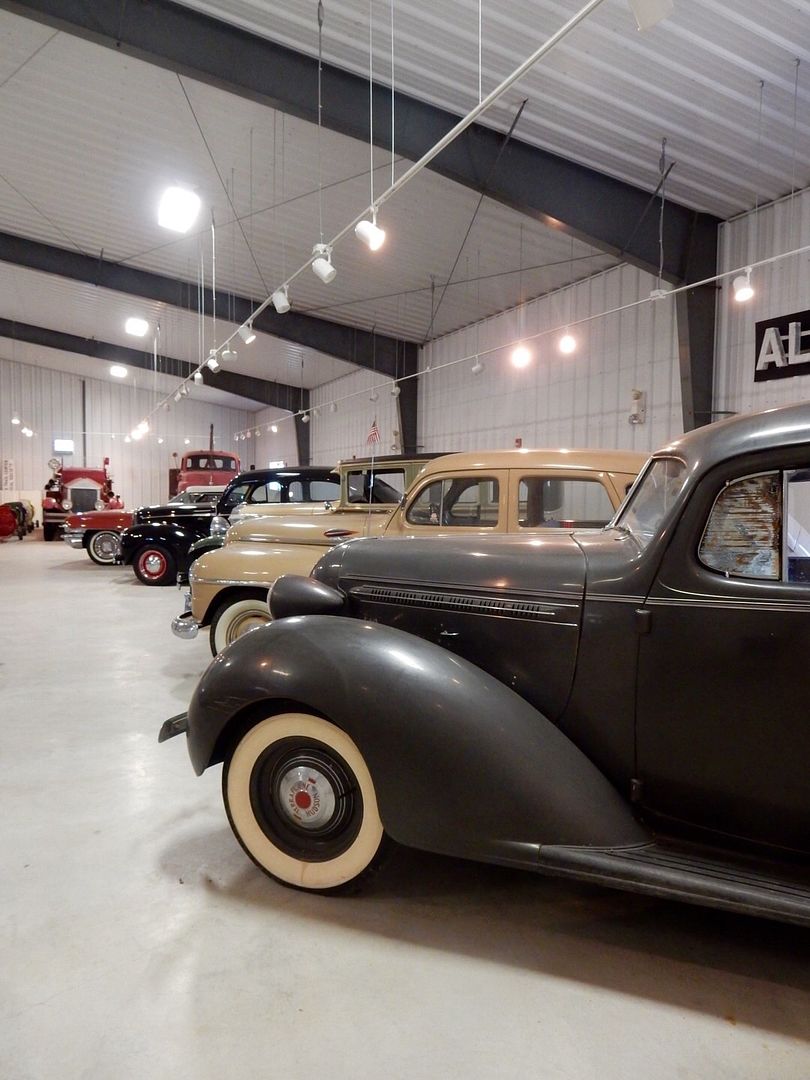

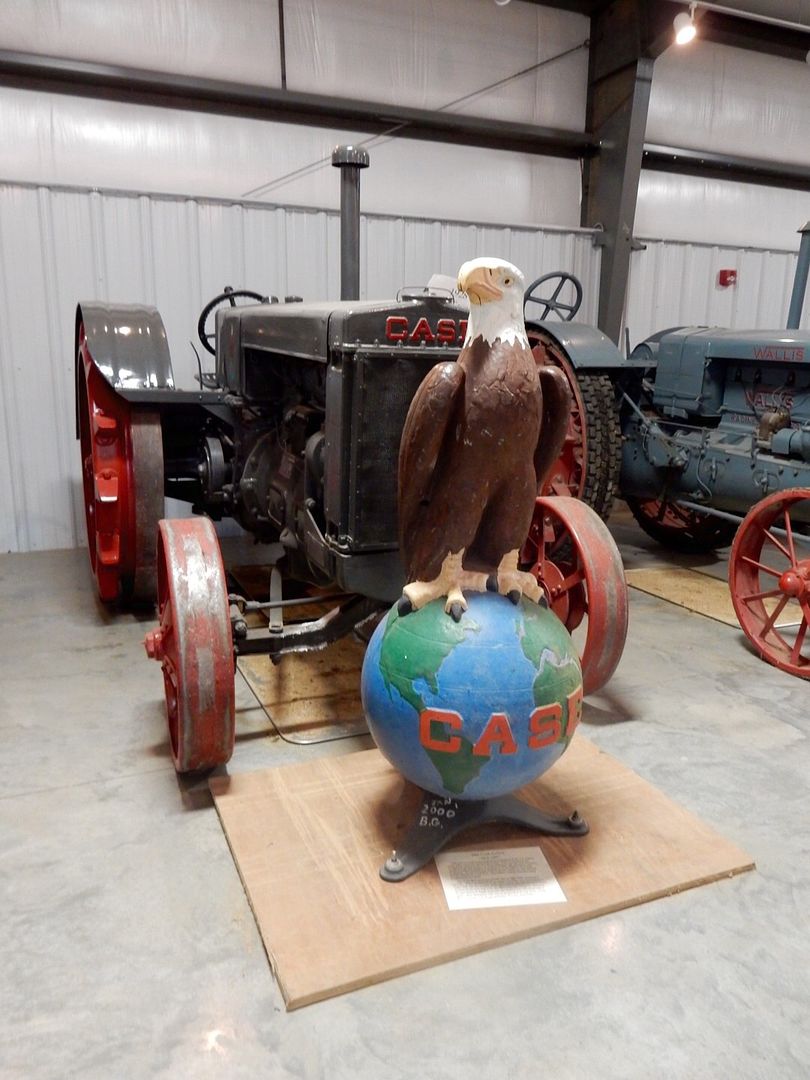
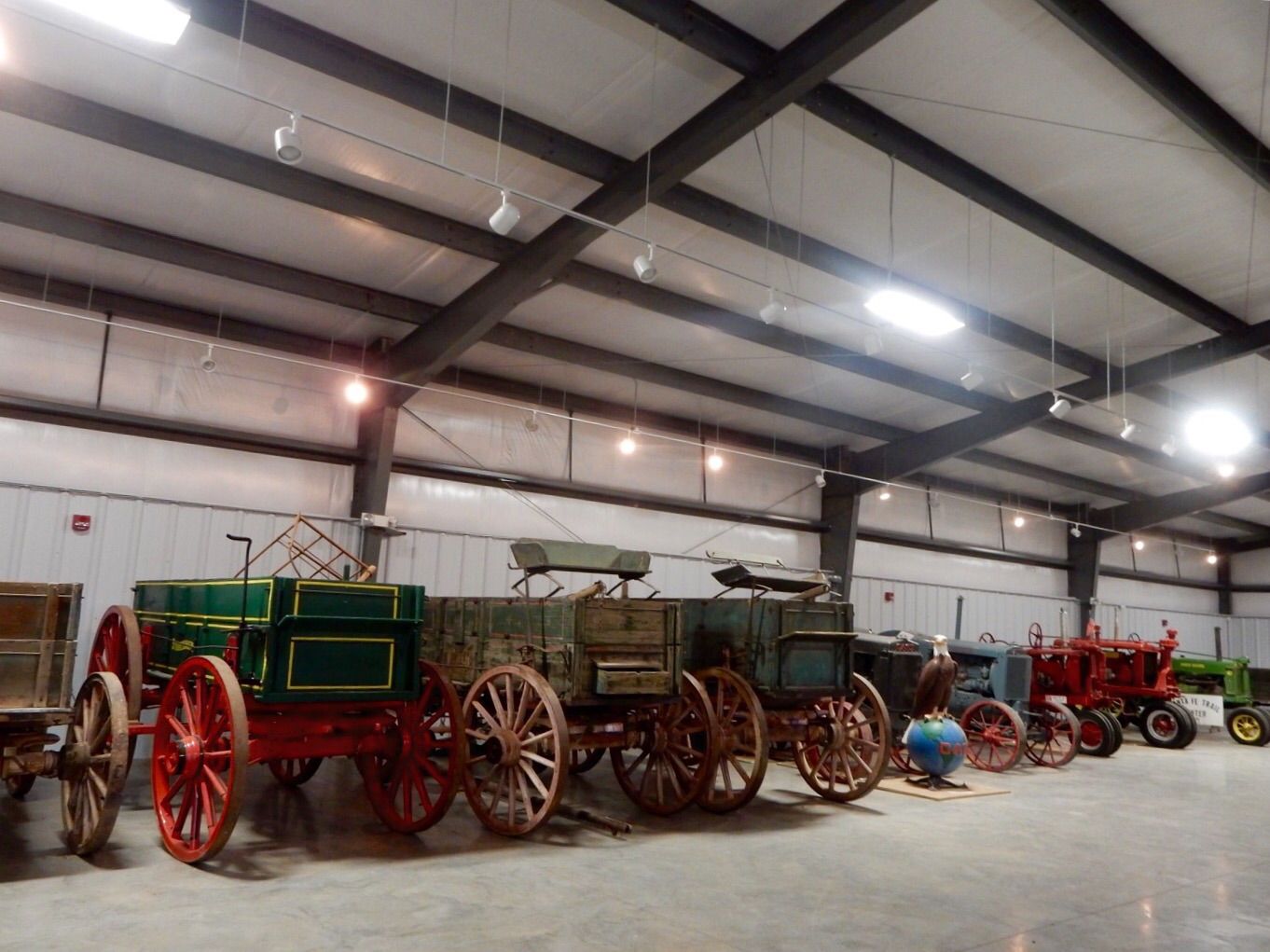
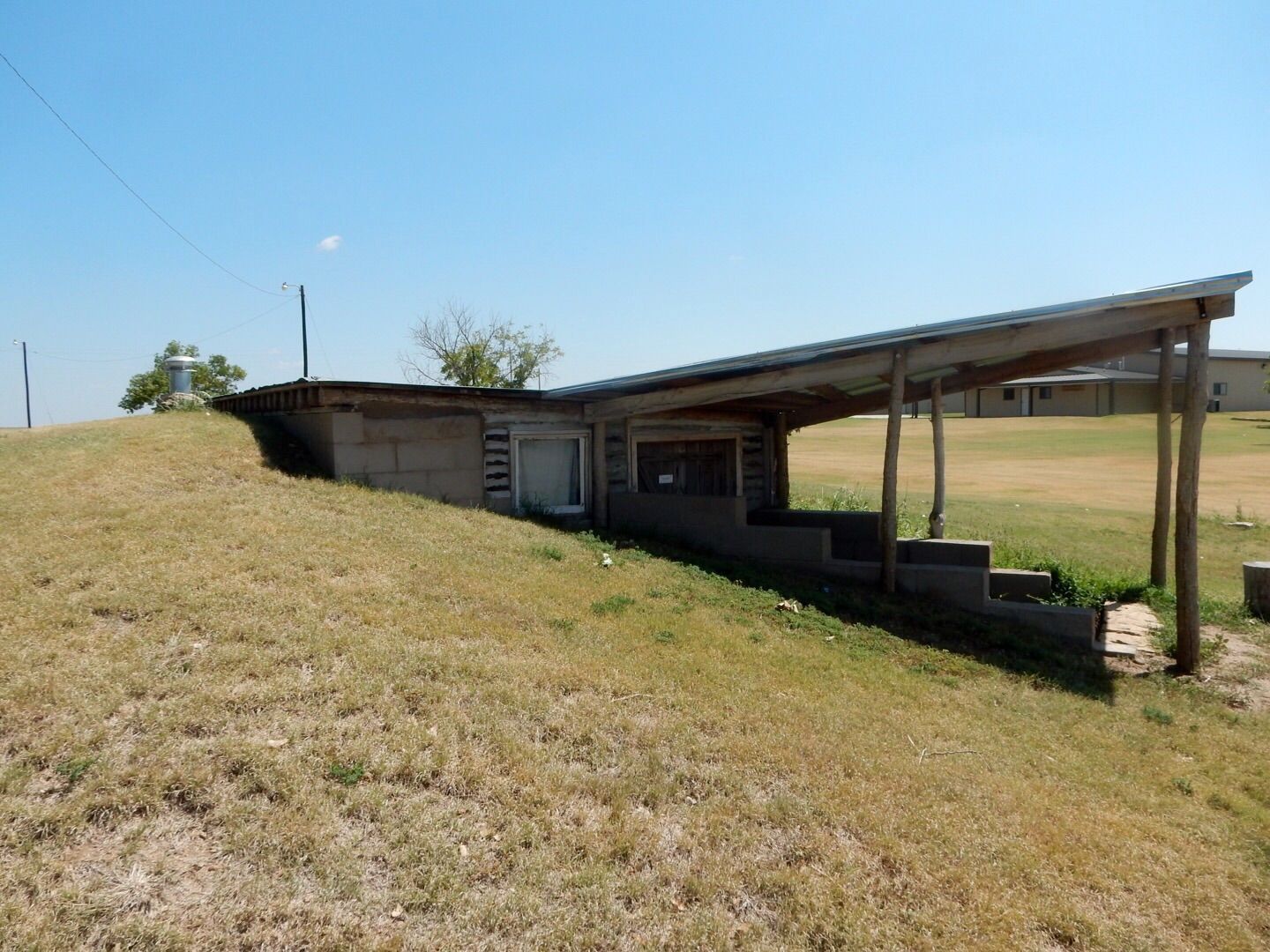
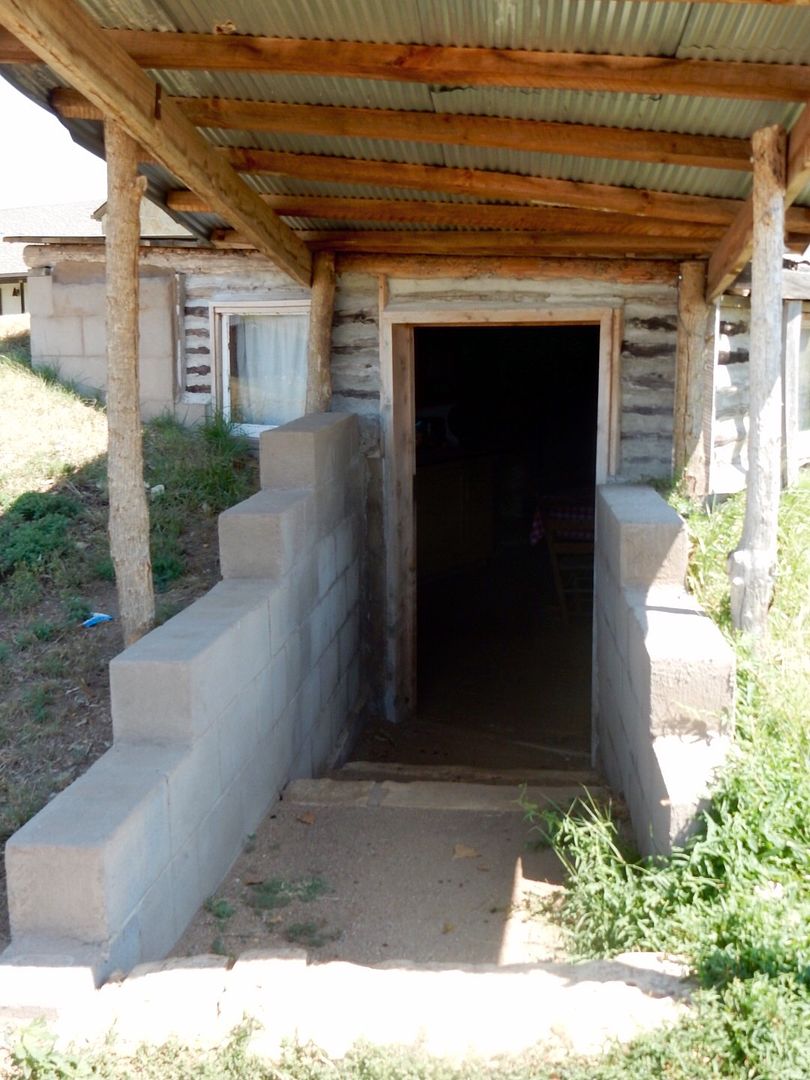
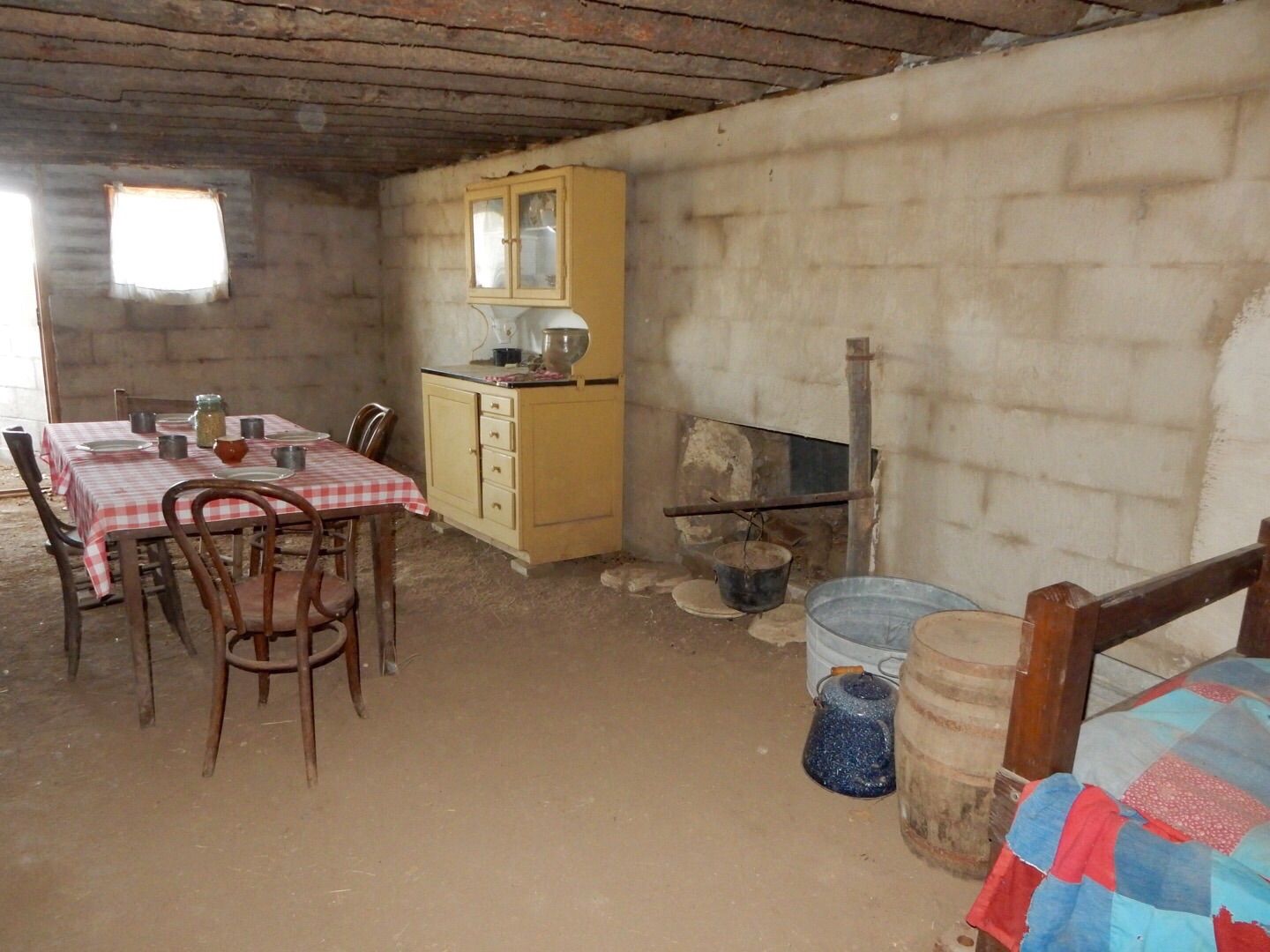
No comments:
Post a Comment